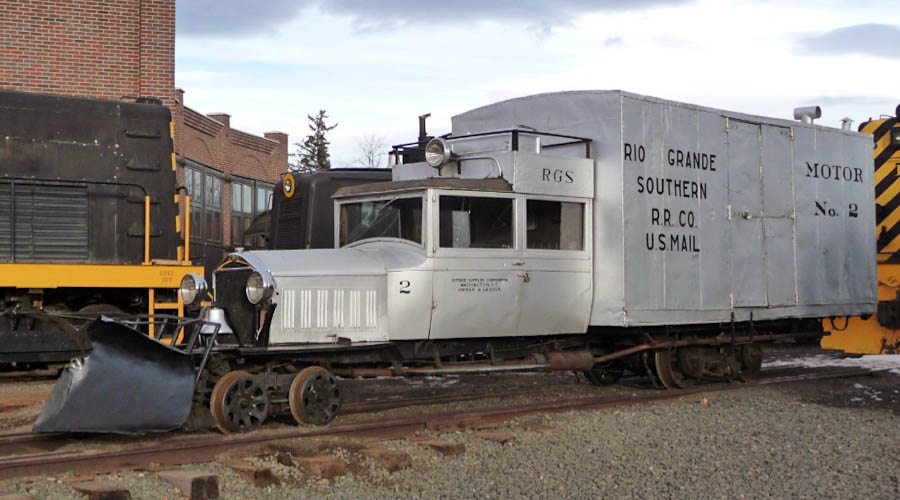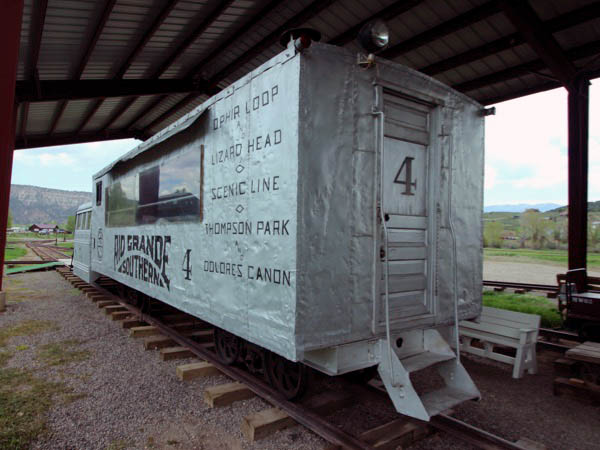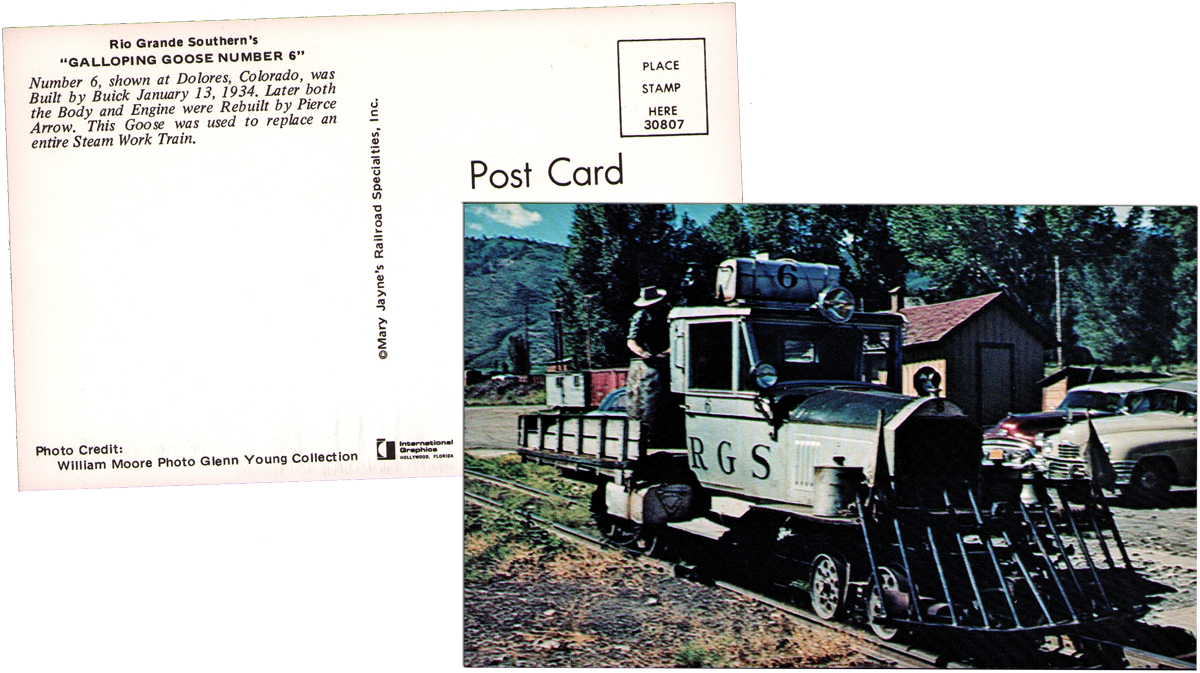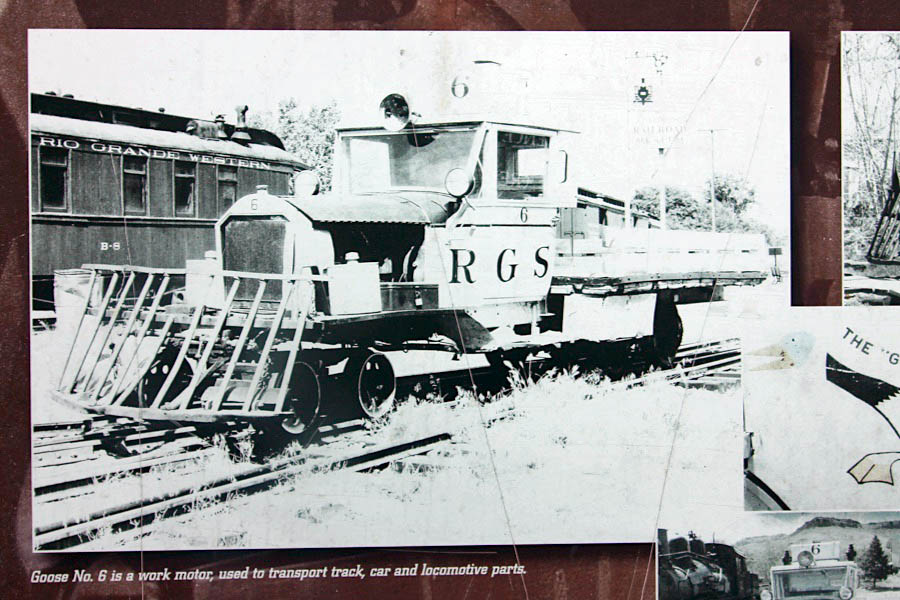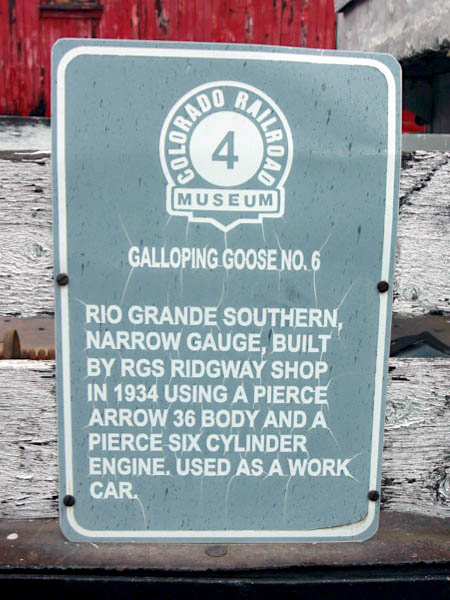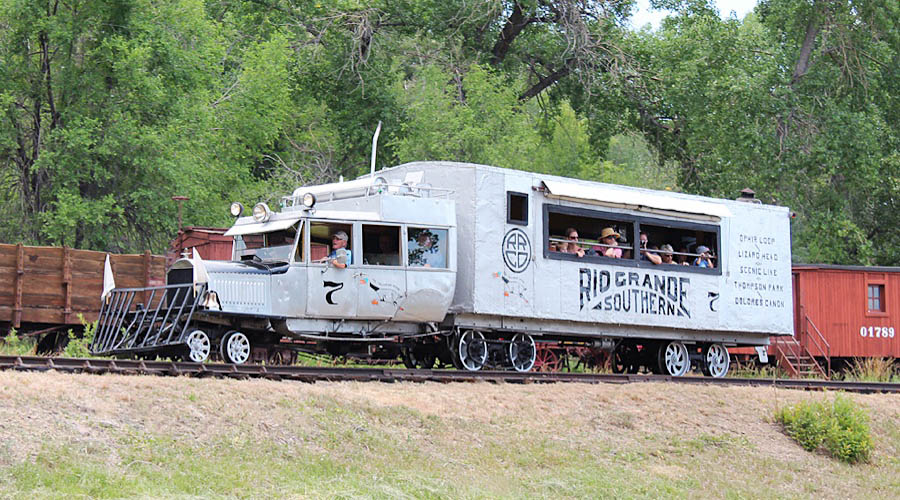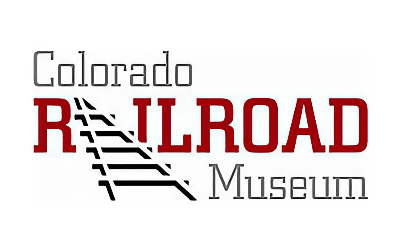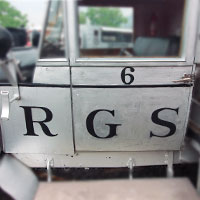 |
Rio Grande Southern Galloping Geese |
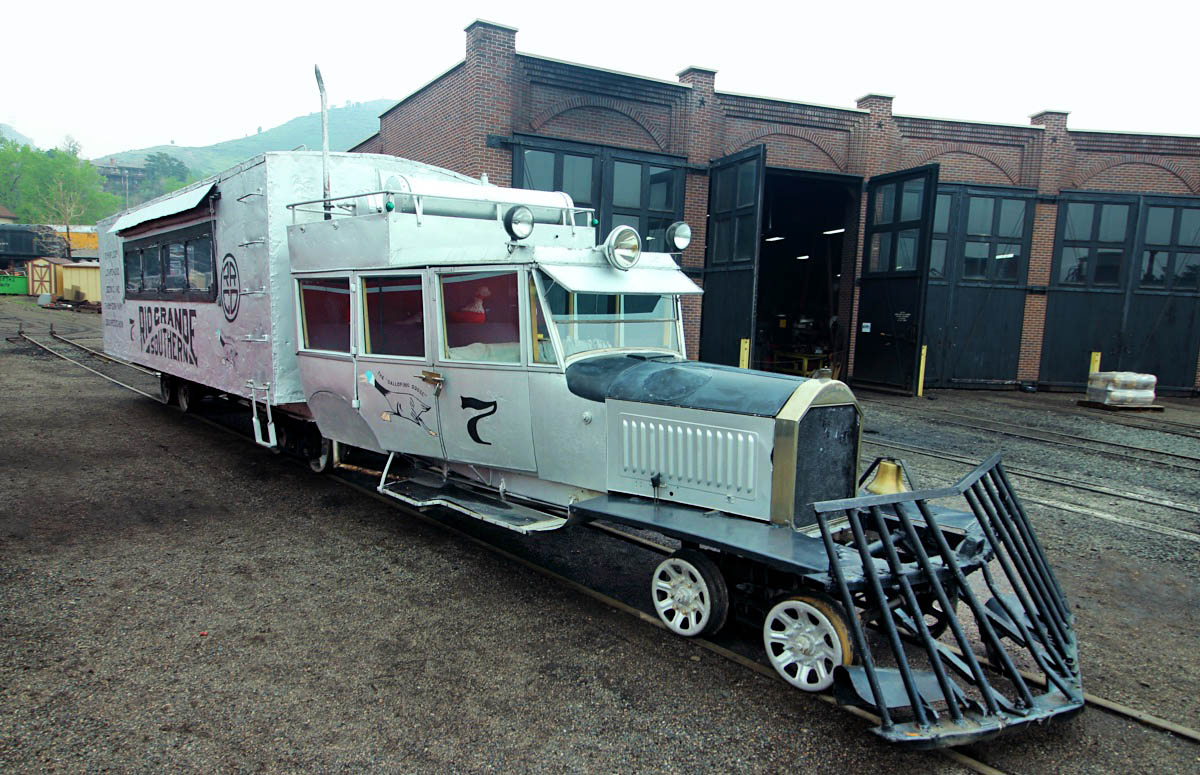
Golden, Co / May 2023 / RWH
The RGS had the displeasure of experiencing yet another economic downfall, the Great Depression. This was a massive hit on the RGS and affected it to the point where they could not afford to operate one single steam locomotive (paying for fuel, paying the engineer and fireman to operate the locomotive, etc.). However, they still had the responsibility to ship United States mail. That could have been the end of the line for the RGS, but Chief Mechanic Jack Odenbaugh thought otherwise. In 1931 he devised a way to construct seven homemade "railcars" that would be cheap to build and operate, capable of transporting US mail and a few passengers. The official names given from the RGS were "Motors", but these railcars would later be unofficially named "Galloping Geese" by railfans because of how they looked, operated, and sounded — Waddling down the poorly maintained, unlevel RGS tracks with a silver-painted body and hood covers that looked like goose wings when opened up to prevent the motor from over-heating, and the horn sounding somewhat like a honking goose.
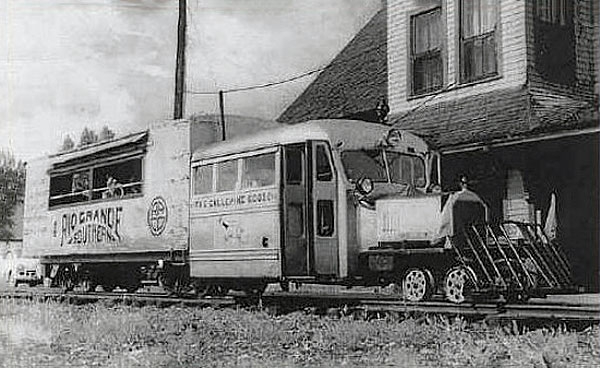 These railcars are arguably one of the most iconic aspects of the RGS and are known by most narrow-gauge railfans. The first Goose (RGS Motor #1) was built from a recycled Buick body, frame, and engine, and #2 would be as well, but with a larger and enclosed freight compartment, a requirement to haul US mail. Motors #3 through #5 and #7 were built from Pierce Arrow bodies, but with freight compartments the size of a boxcar. Motor #6 was made from a Buick as well, but it was designated for Maintenance of Way service, and only had a flatbed attached behind the cab. Later on, Motors #3 through #5 would receive replacement Wayne Buss bodies. These motor cars indeed were successful and handled daily services until 1940 when the RGS could afford to run regular freight trains. Even after that, the Geese completely replaced revenue-generating passenger trains until abandonment; almost all passenger coaches the RGS owned at the time had been put into MOW service since.
These railcars are arguably one of the most iconic aspects of the RGS and are known by most narrow-gauge railfans. The first Goose (RGS Motor #1) was built from a recycled Buick body, frame, and engine, and #2 would be as well, but with a larger and enclosed freight compartment, a requirement to haul US mail. Motors #3 through #5 and #7 were built from Pierce Arrow bodies, but with freight compartments the size of a boxcar. Motor #6 was made from a Buick as well, but it was designated for Maintenance of Way service, and only had a flatbed attached behind the cab. Later on, Motors #3 through #5 would receive replacement Wayne Buss bodies. These motor cars indeed were successful and handled daily services until 1940 when the RGS could afford to run regular freight trains. Even after that, the Geese completely replaced revenue-generating passenger trains until abandonment; almost all passenger coaches the RGS owned at the time had been put into MOW service since.
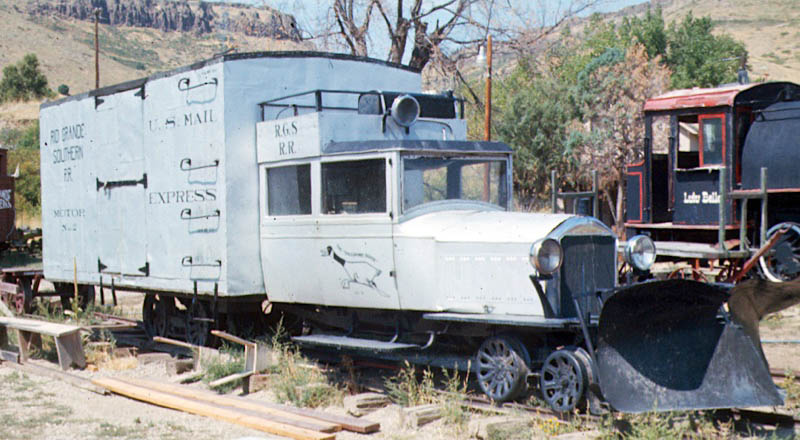

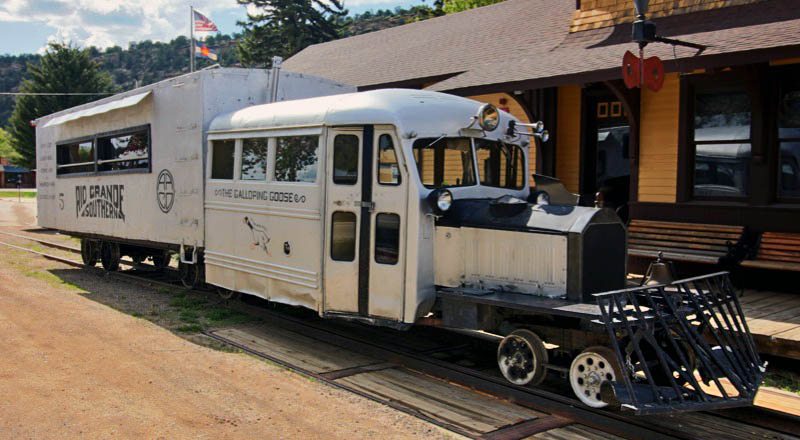
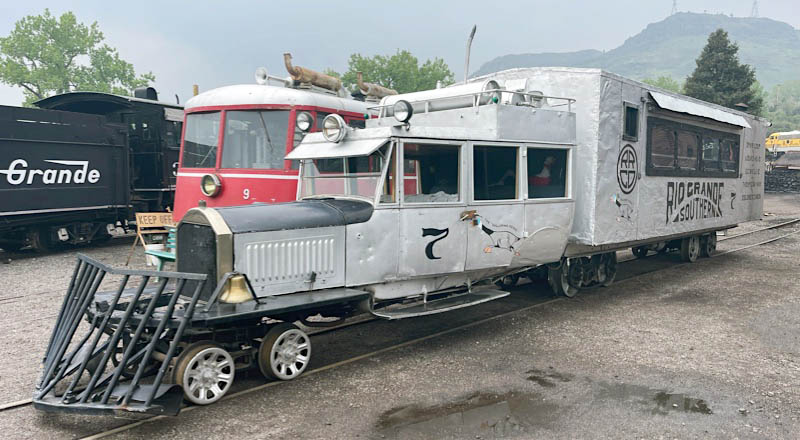
RWH
Goose #2


Rio Grande Southern #2
to Colorado Railroad Museum

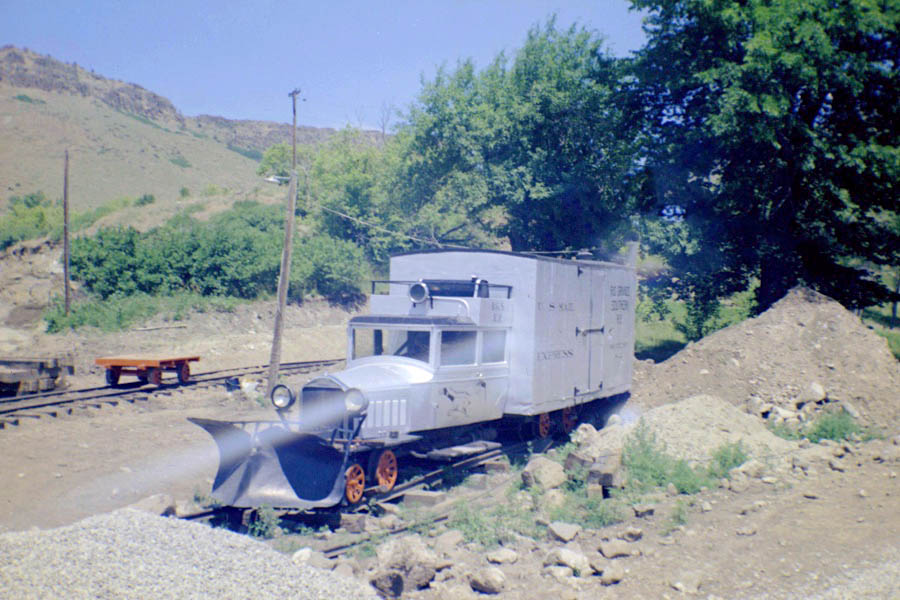
Golden, Co / Jun 1959 / JCH
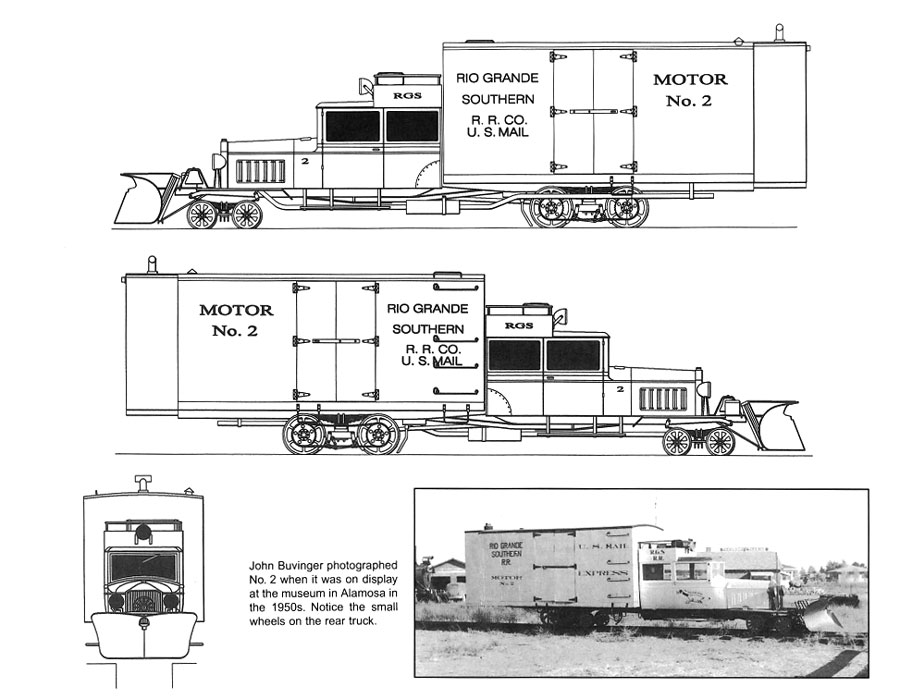
Colorado Railroad Museum

postcard / collection
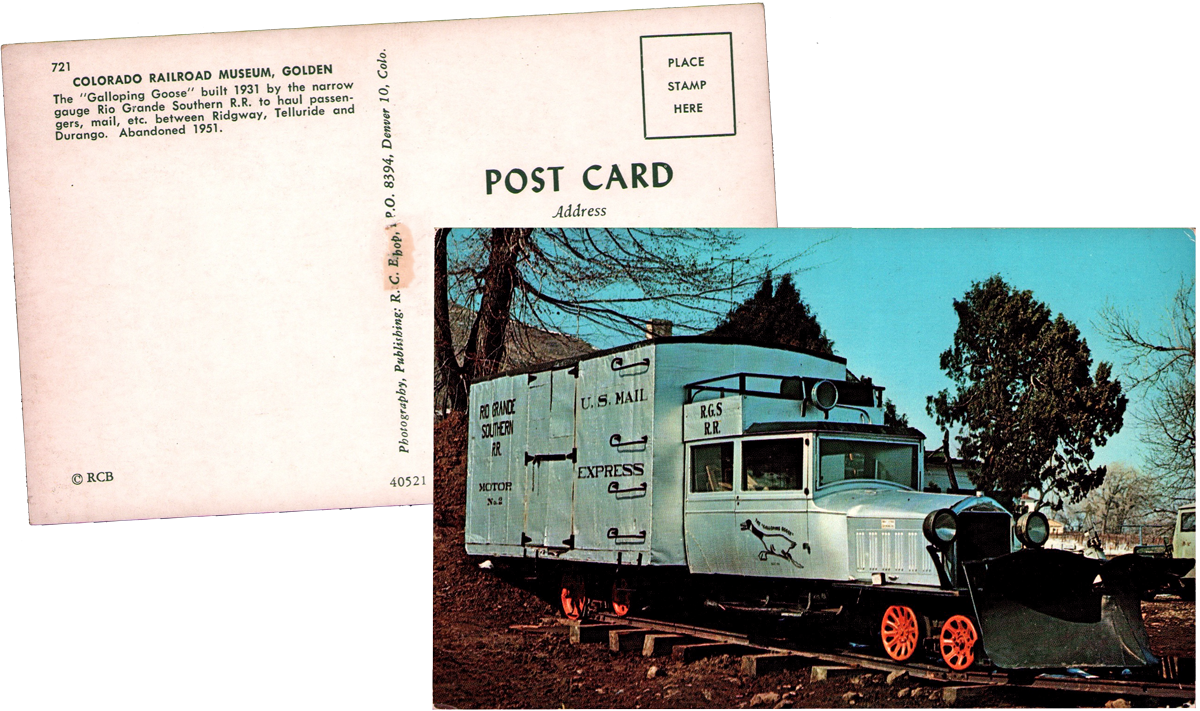
postcard / collection

See also our complete Colorado Railroad Museum featured scrapbook in Preservation
Goose #4
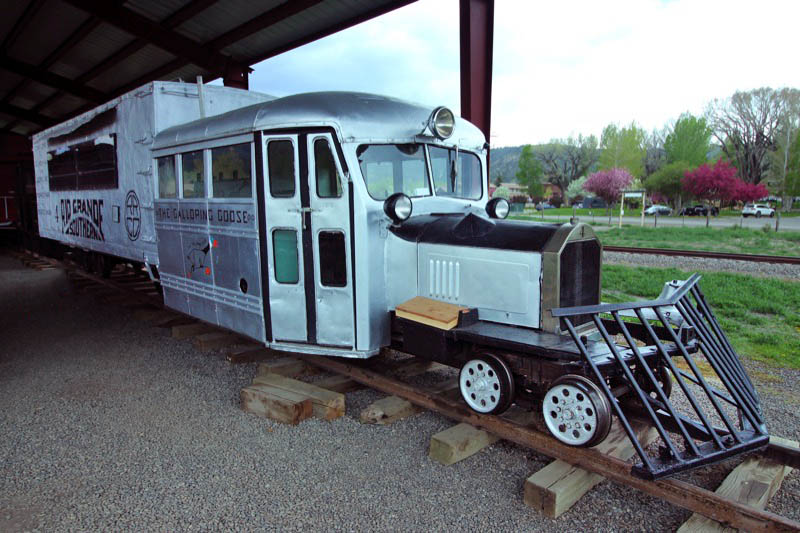
Rio Grande Southern #4
Ridgway, Co / May 2023 / RWH


Rio Grande Southern #4
rebuilt to bus body, 1946
to City of Telluride CO display
to Ridgway Railroad Museum

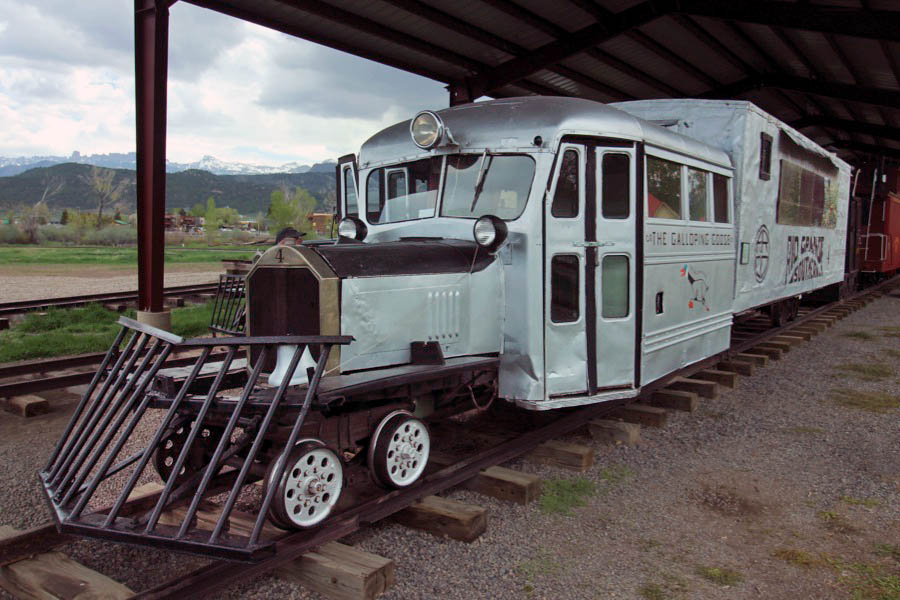
Ridgway, Co / May 2023 / RWH
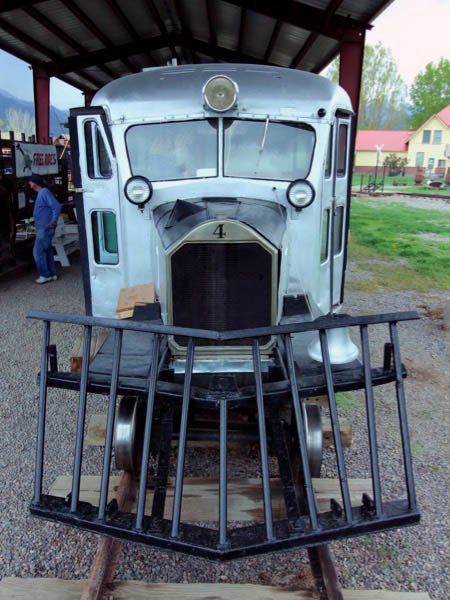
Jul 2023 / RWH
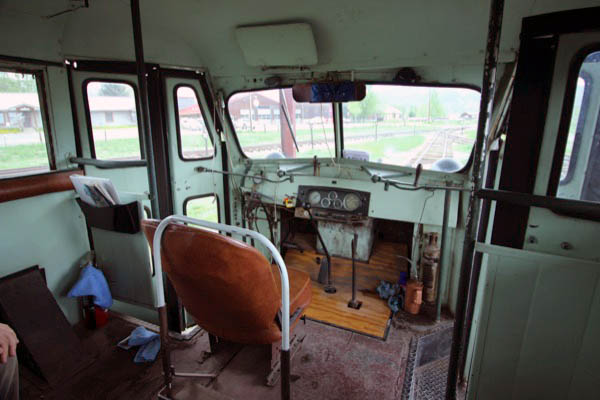
Jul 2023 / RWH
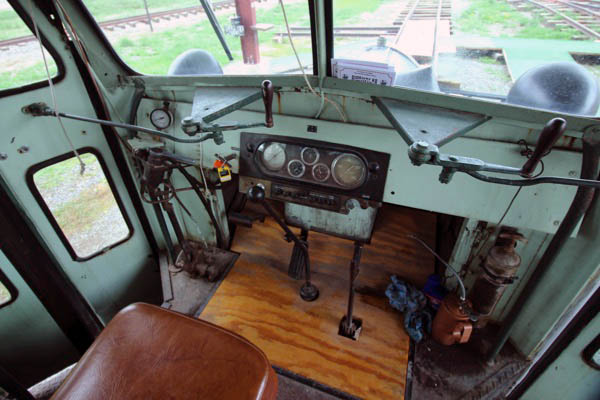
Jul 2023 / RWH
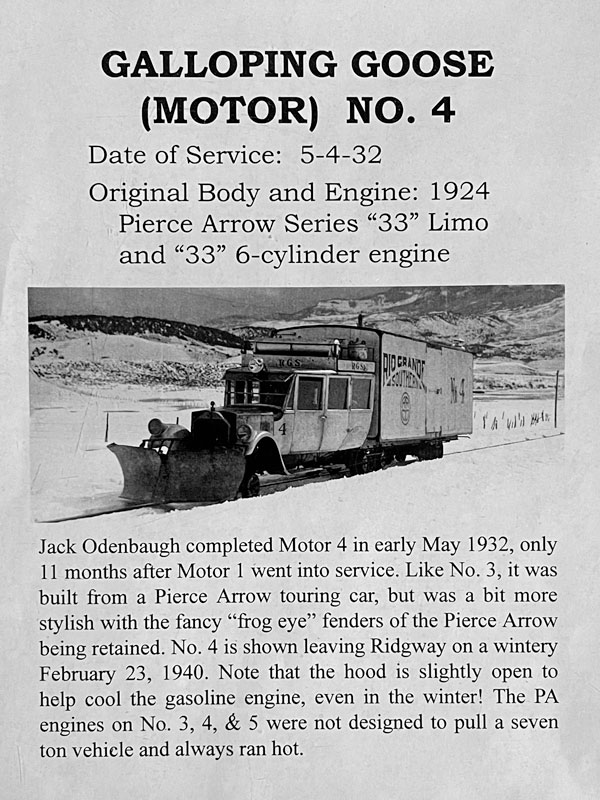
collection
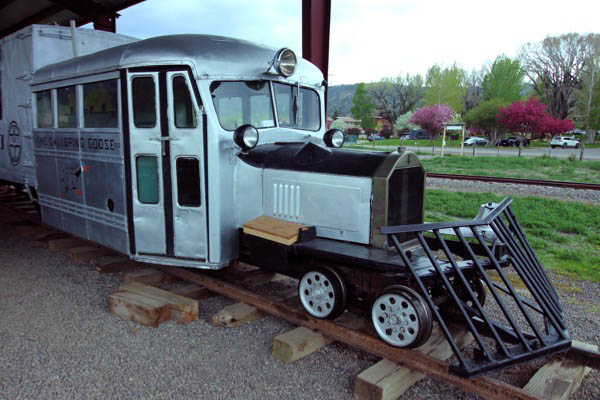
Ridgway, Co / May 2023 / RWH
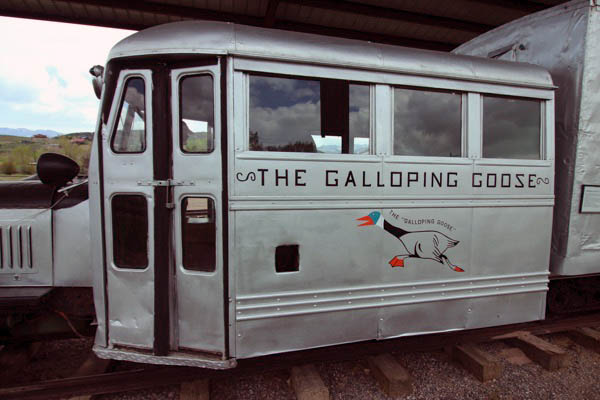
Jul 2023 / RWH
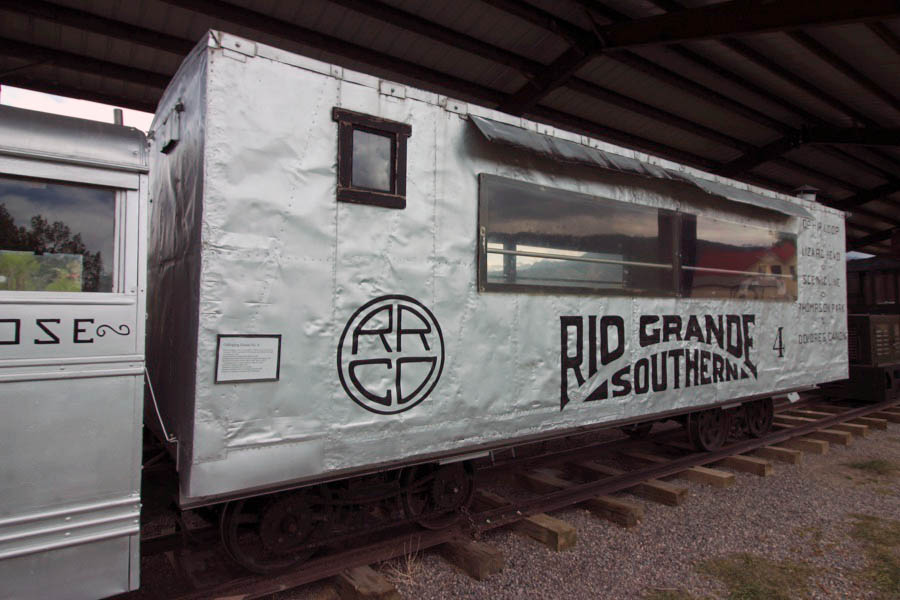
Jul 2023 / RWH
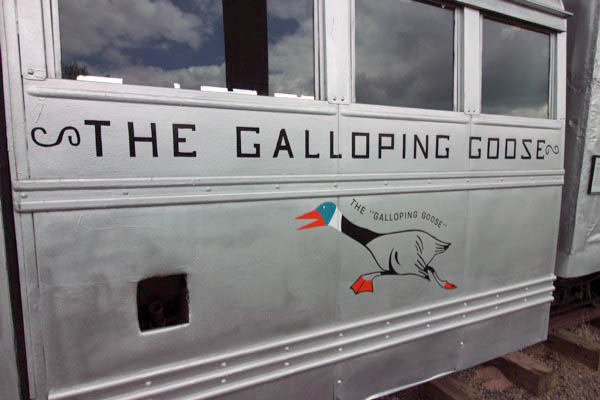

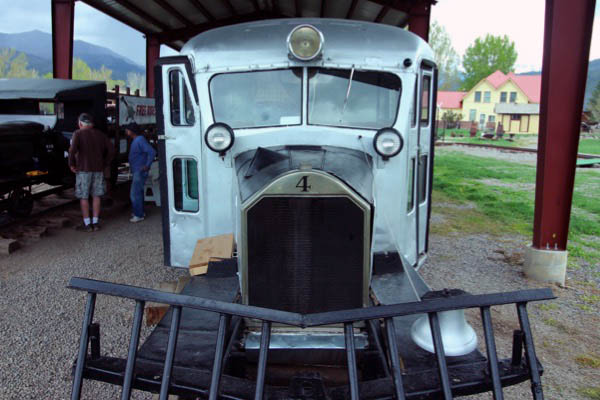
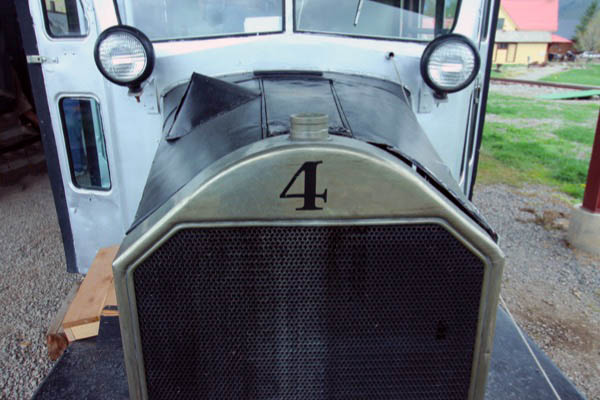

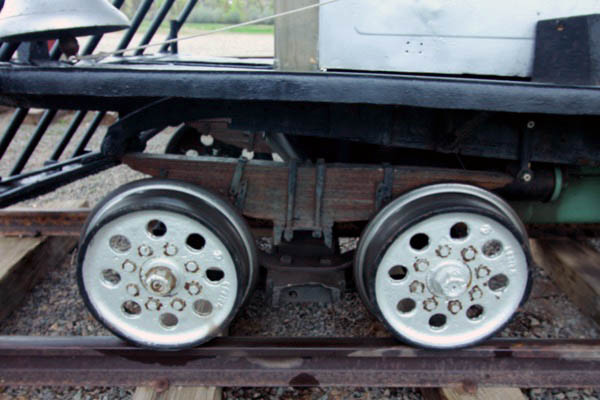


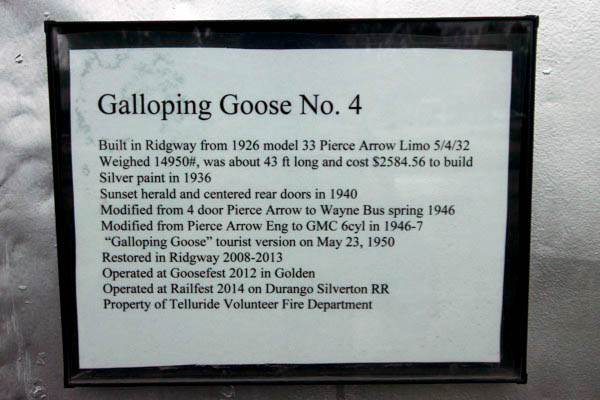

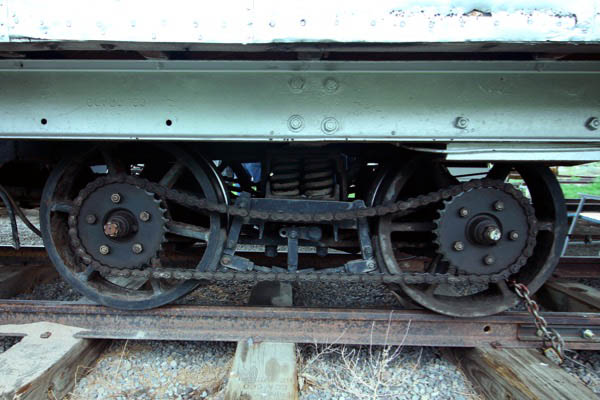
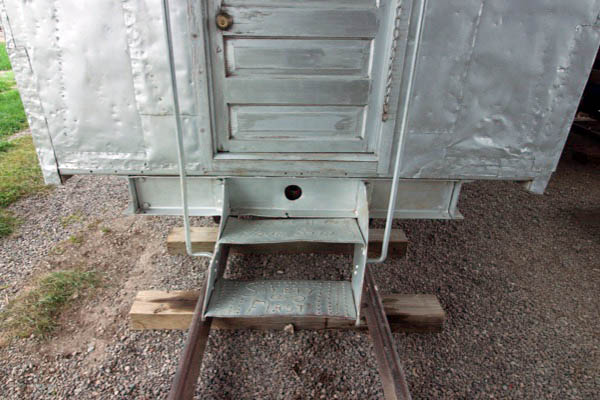
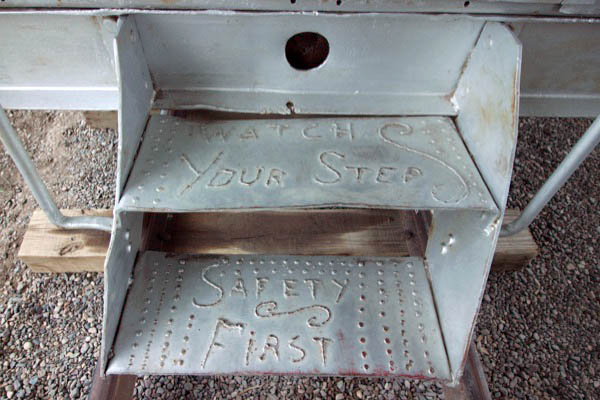
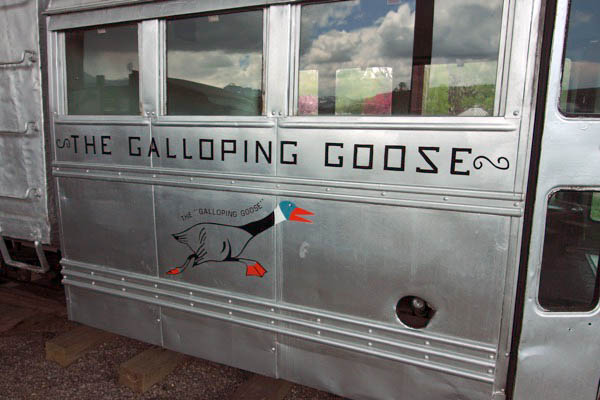
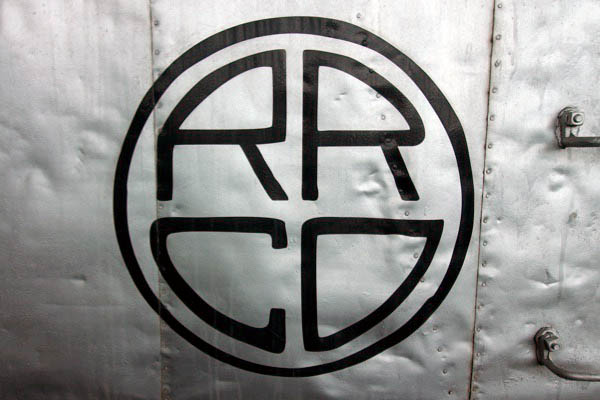
Jul 2023 / RWH
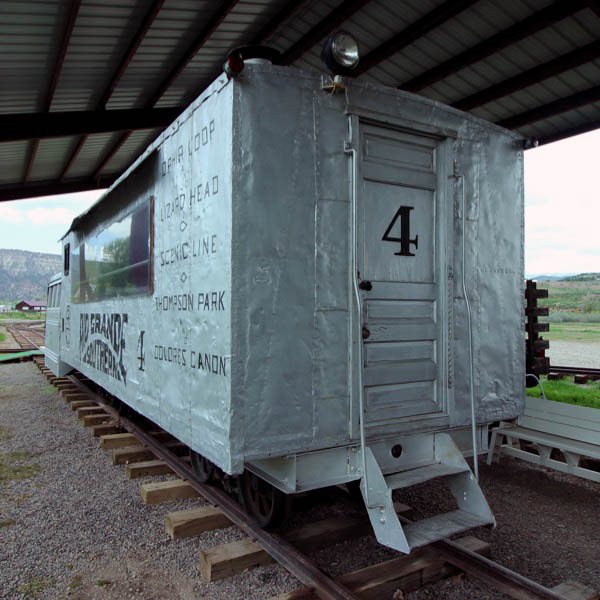
Jul 2023 / RWH
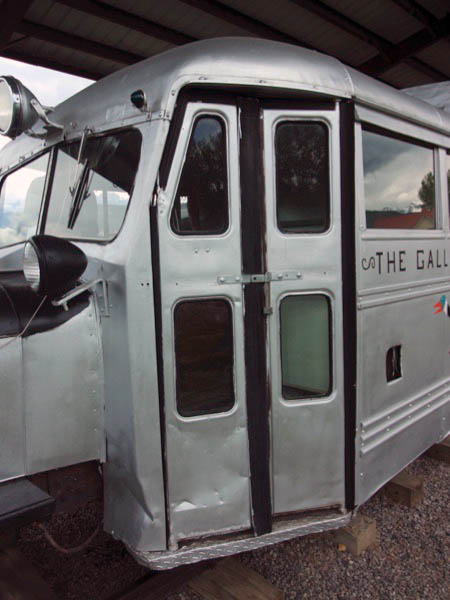
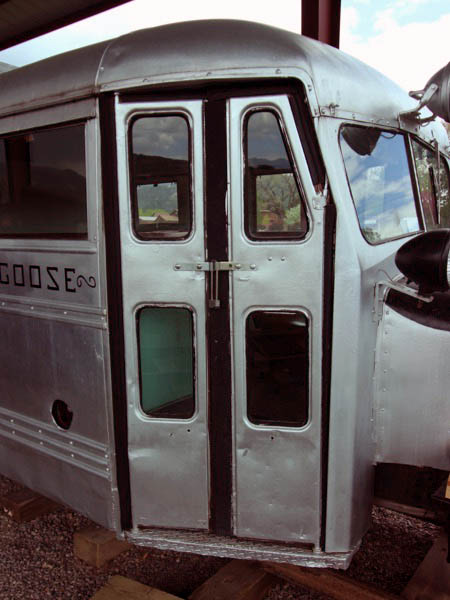
Jul 2023 / RWH


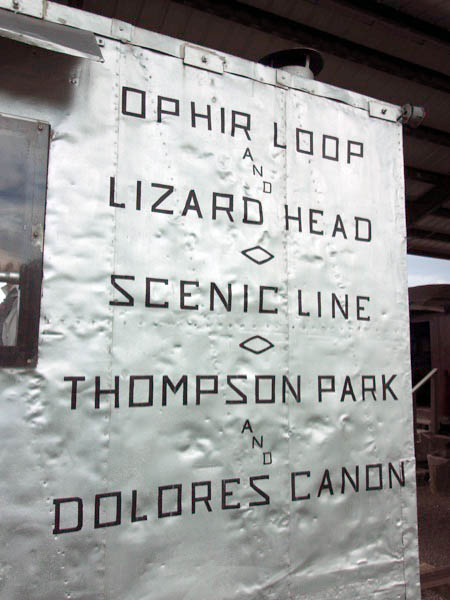
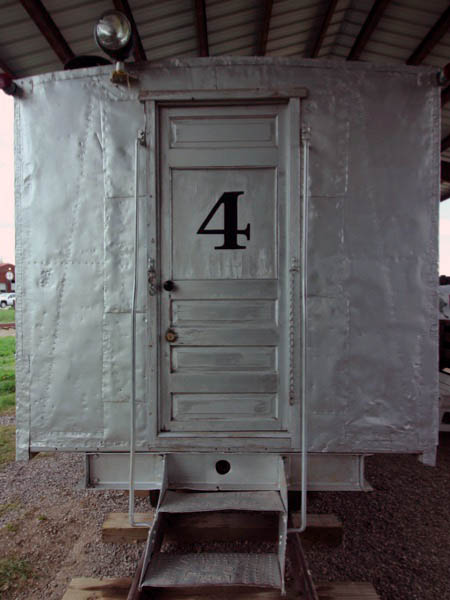

Jul 2023 / RWH
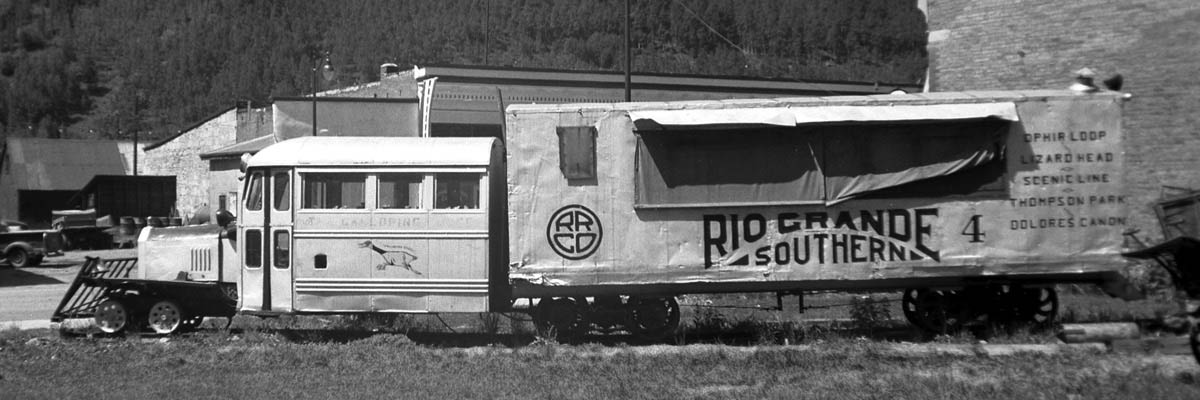
Telluride, Co / Jun 1959 / JCH
 Then and Now
Then and Now
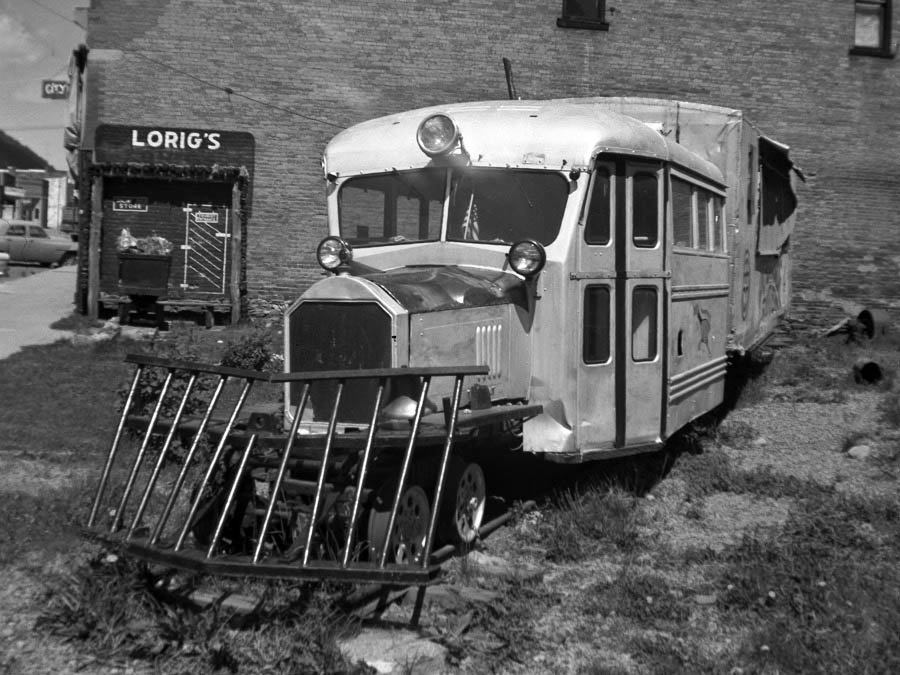
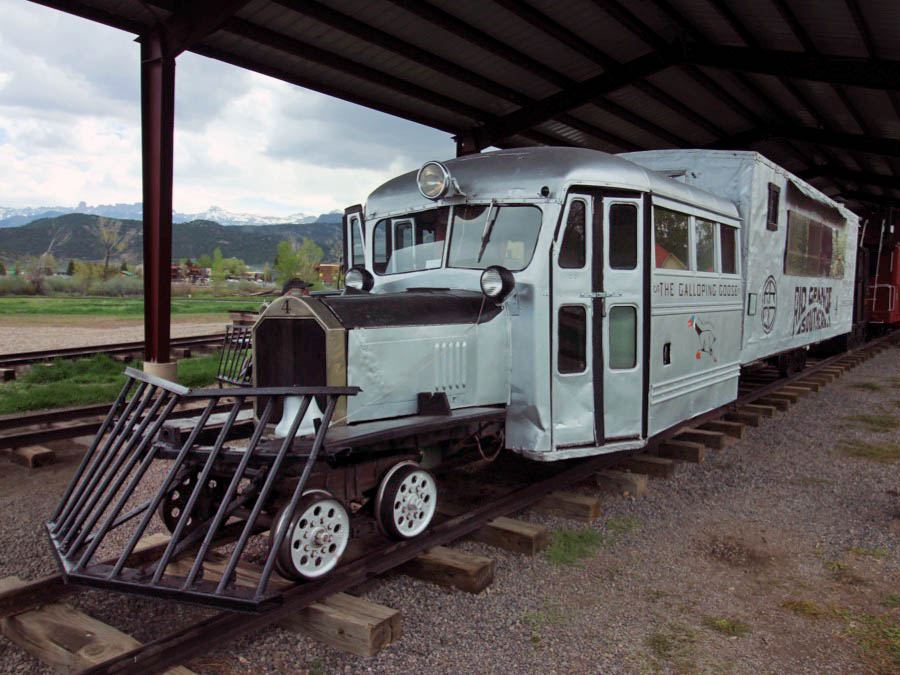
Telluride, Co / Jun 1959 and May 2023 / JCH
Ridgway, Co / May 2023 / RWH>

See also our complete Ridgway Railroad Museum scrapbook in Preservation
Goose #5

Rio Grande Southern #5
Dolores, Co / May 2023 / RWH


Rio Grande Southern #5
rebuilt w Wayne Bus body
to Galloping Goose Historical Society


Dolores, Co / May 2023 / RWH
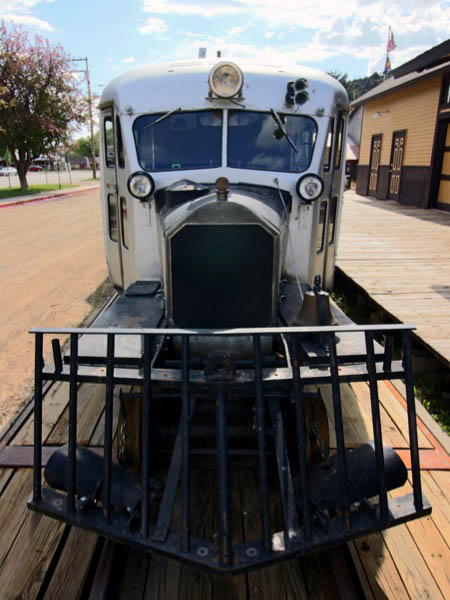
May 2023 / RWH
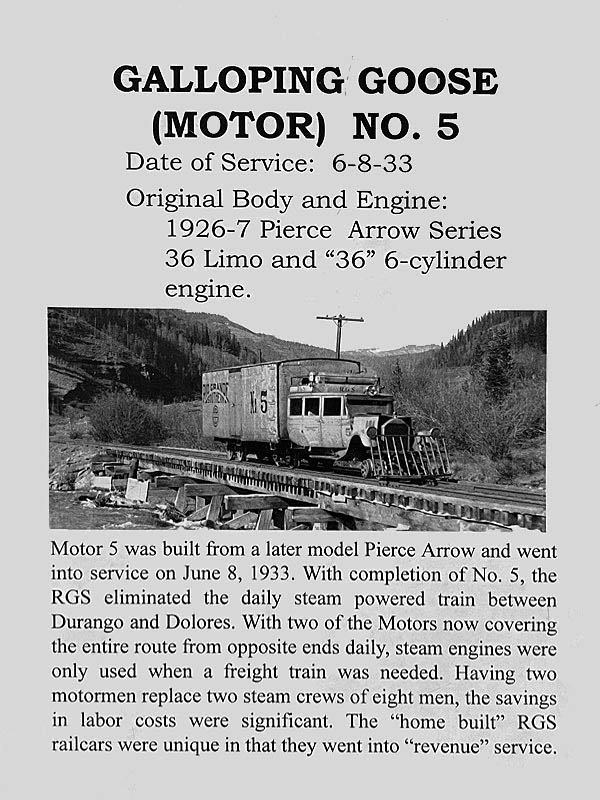
collection

Dolores, Co / May 2023 / RWH

Dolores, Co / May 2023 / RWH

Dolores, Co / May 2023 / RWH
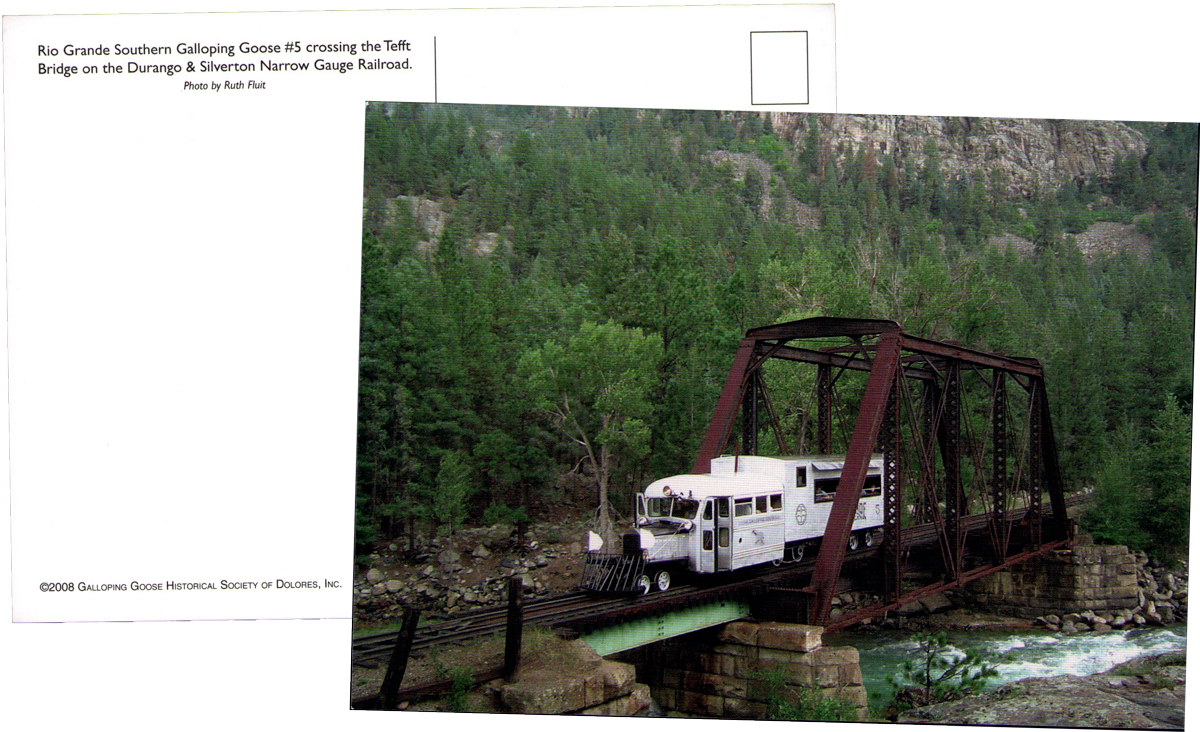
postcard / collection
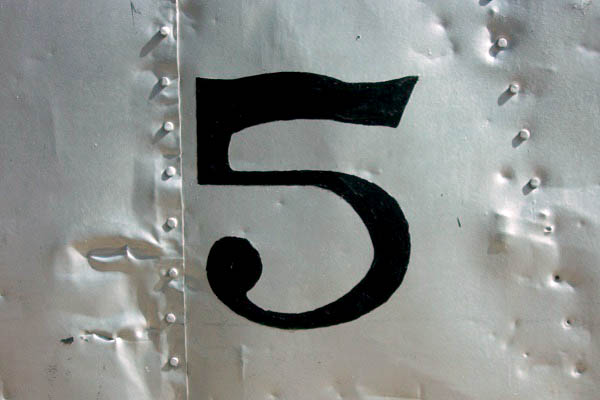

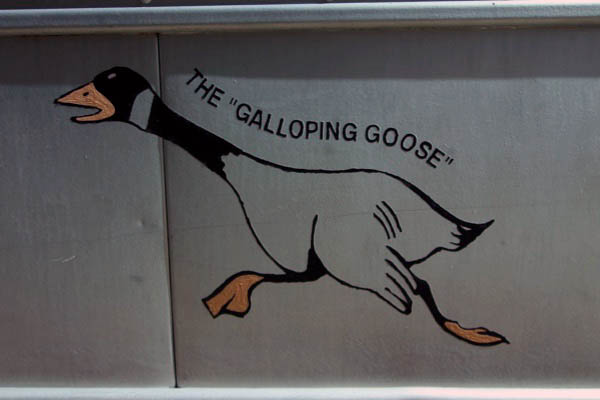
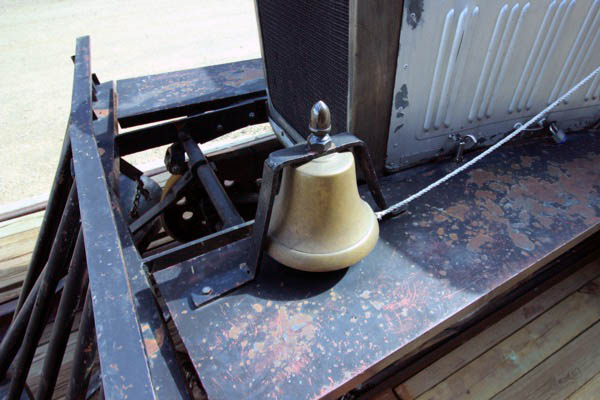
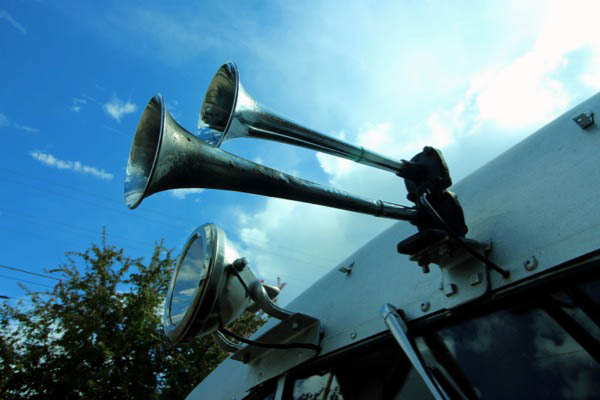

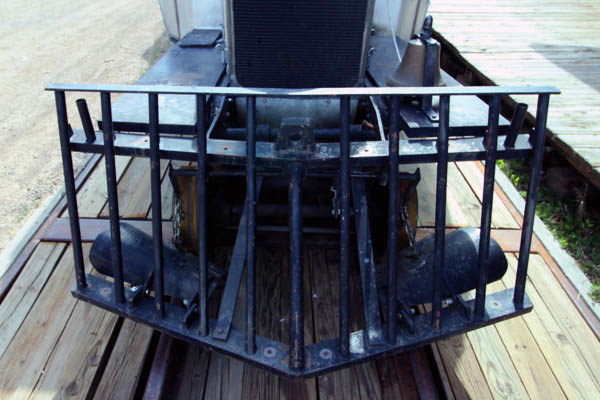
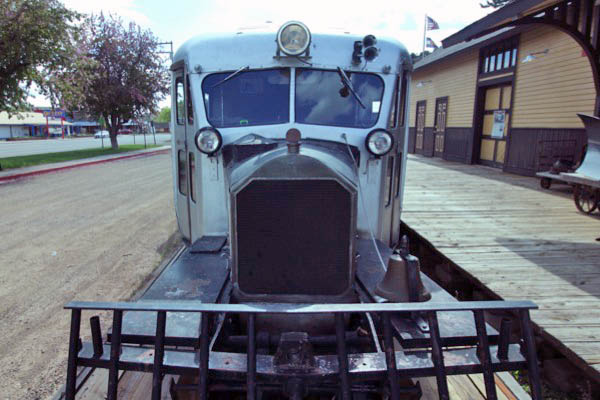
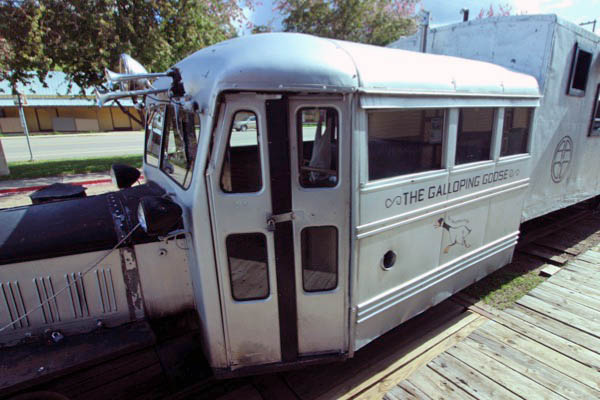
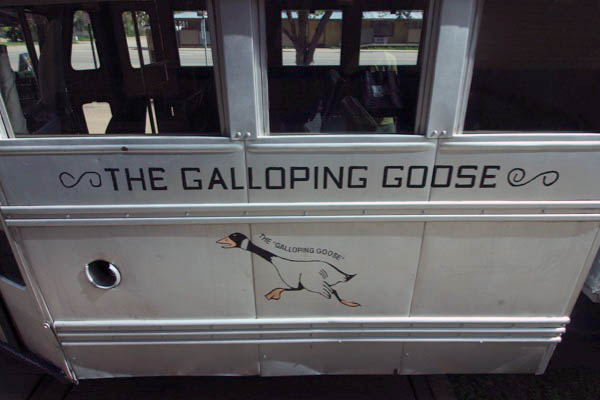

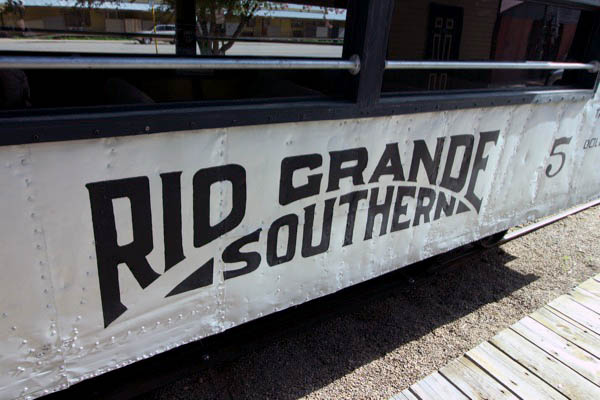
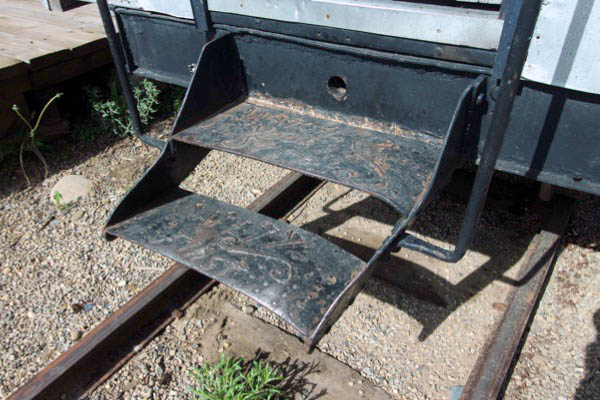
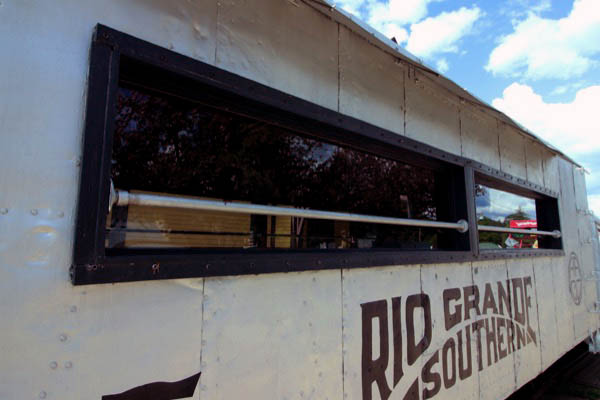
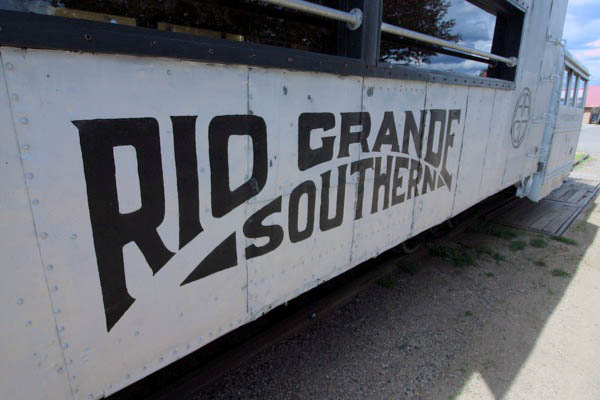
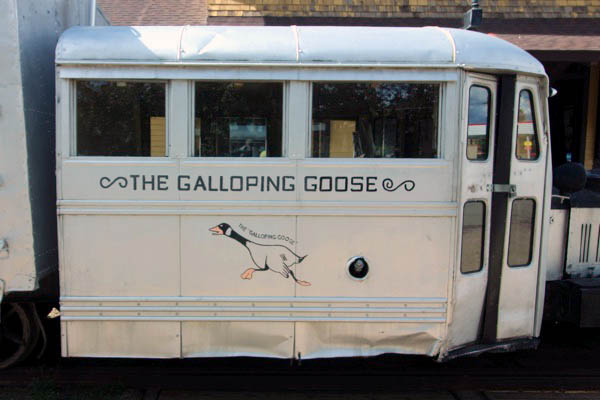
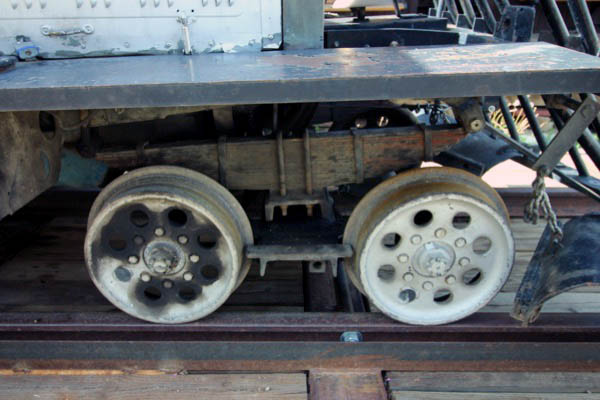
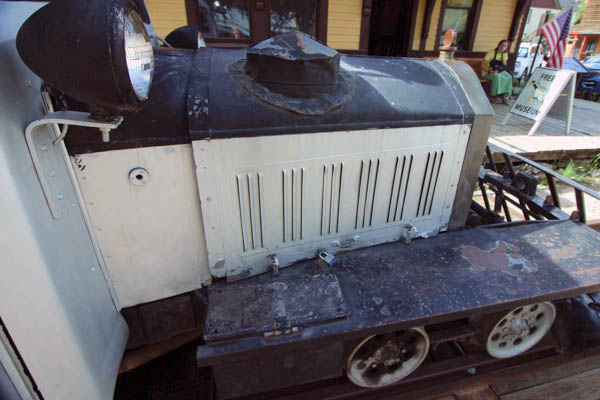
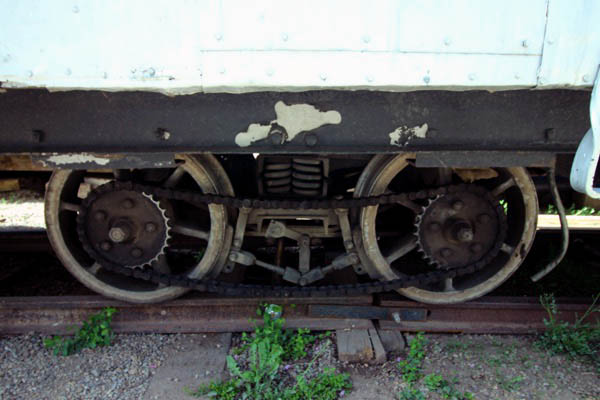
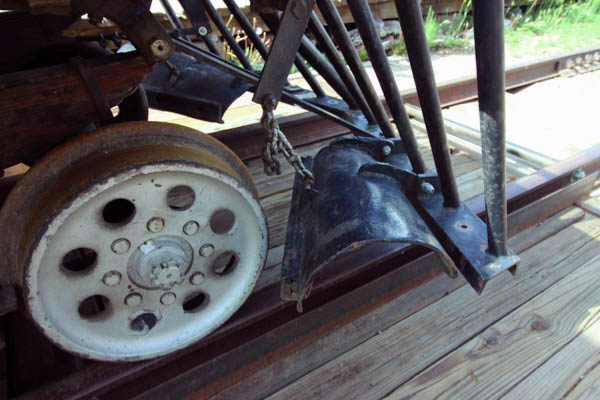

May 2023 / RWH
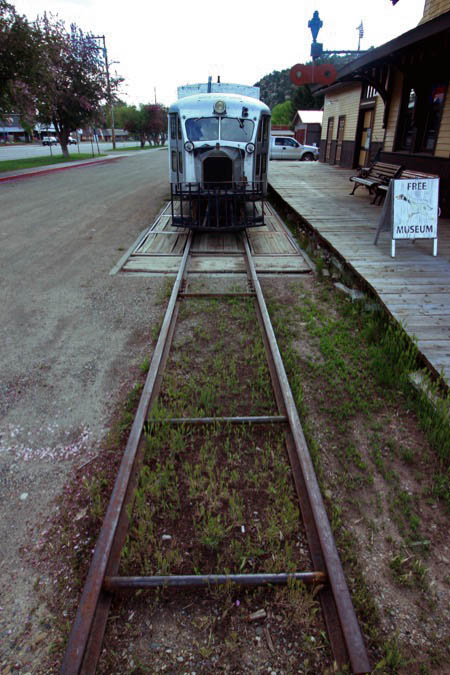
May 2023 / RWH
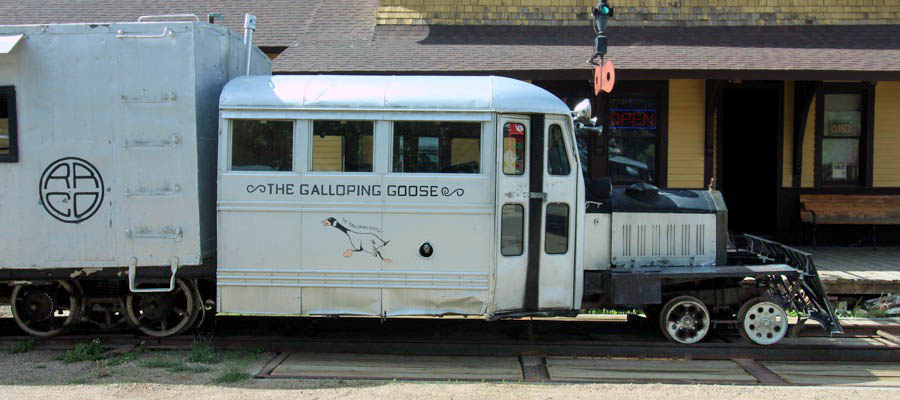
Dolores, Co / May 2023 / RWH
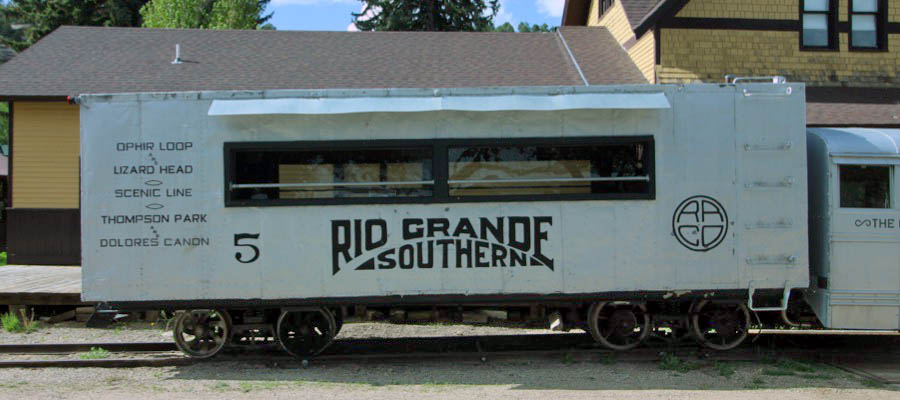
Dolores, Co / May 2023 / RWH
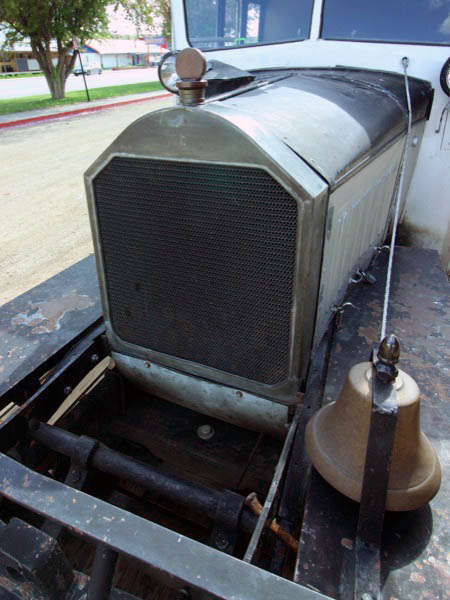
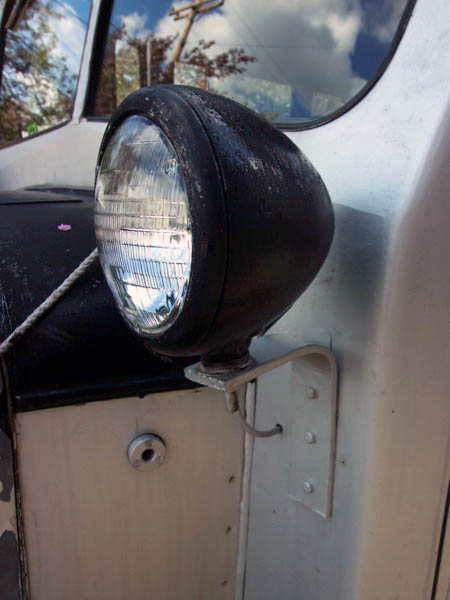

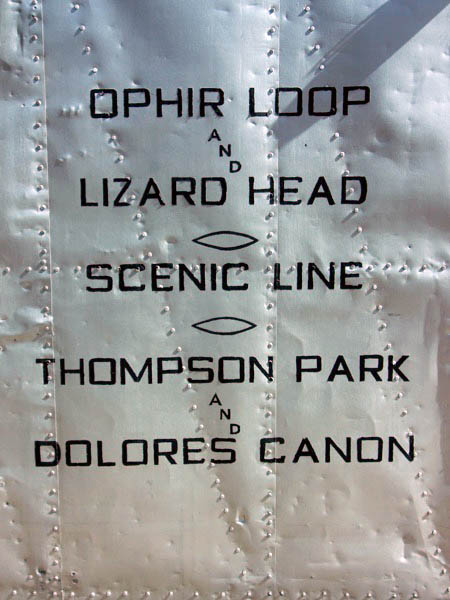

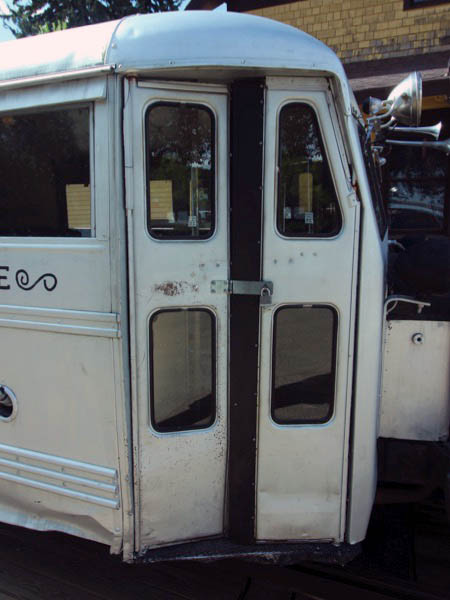
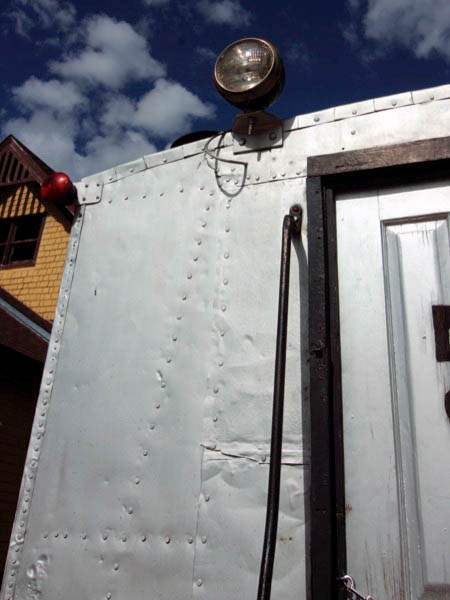
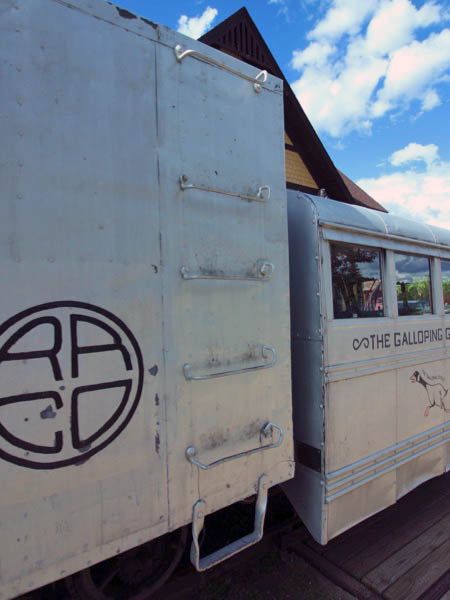
May 2023 / RWH
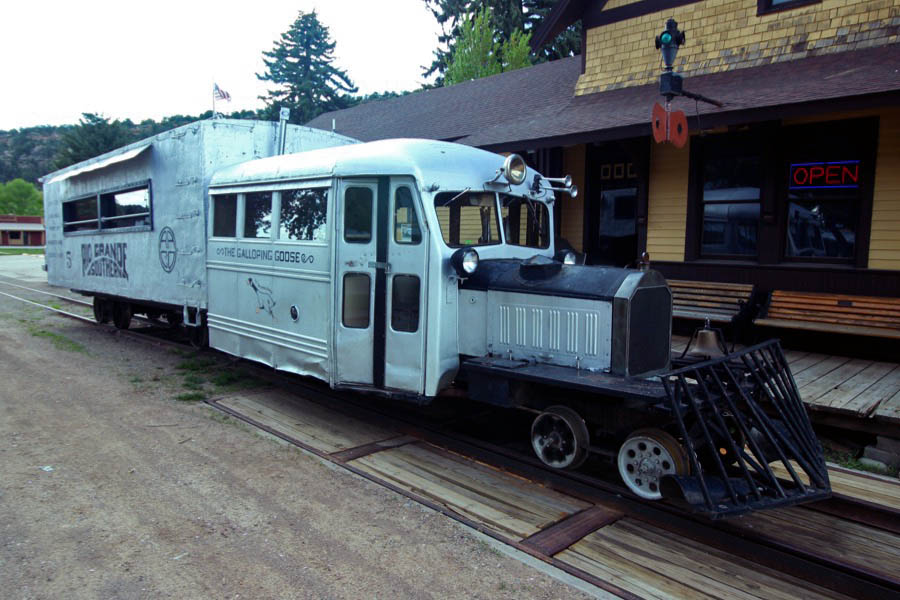
Dolores, Co / May 2023 / RWH
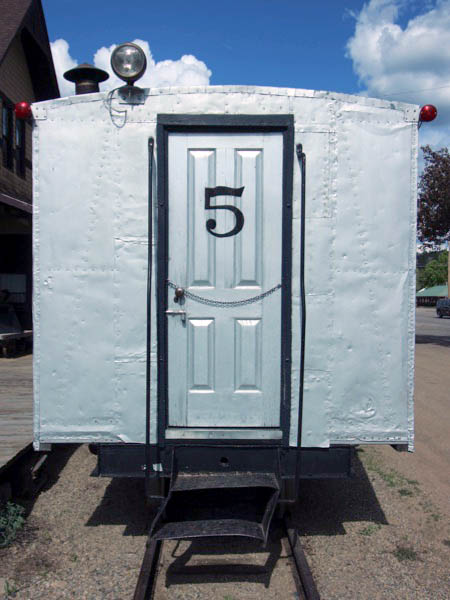
May 2023 / RWH
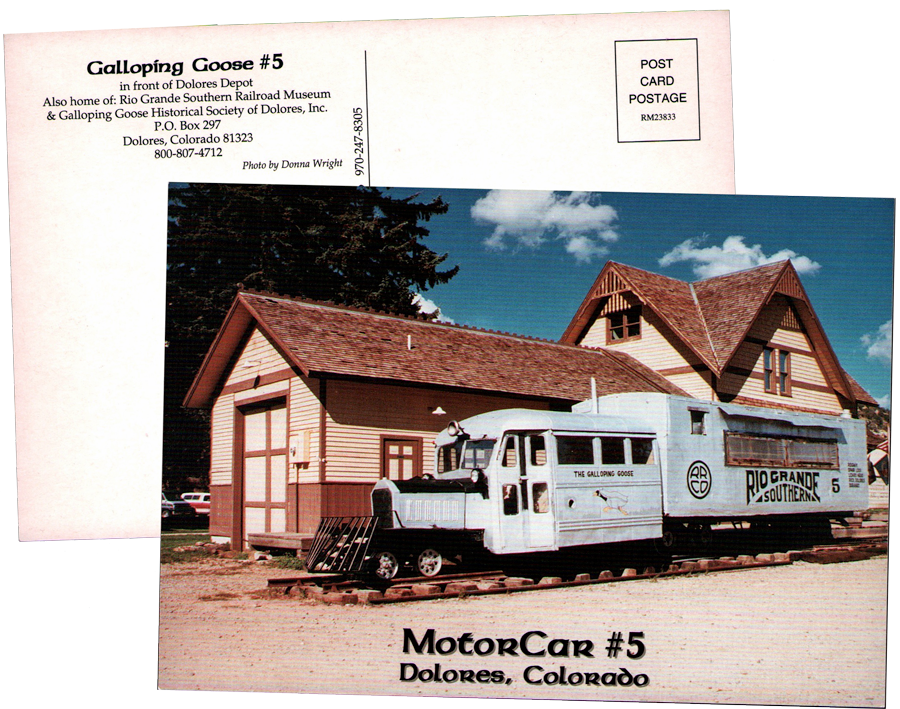
postcard / collection

See also our complete Galloping Goose Historical Society scrapbook in Preservation
Goose #6
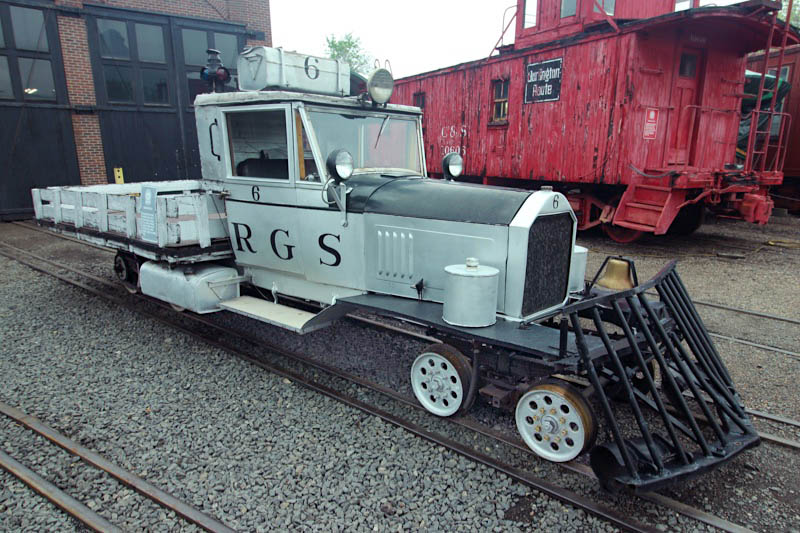
Rio Grande Southern #6
Golden, Co / May 2023 / RWH


Rio Grande Southern #6
to Colorado Railroad Museum


May 2023 / RWH

Golden, Co / May 2023 / RWH
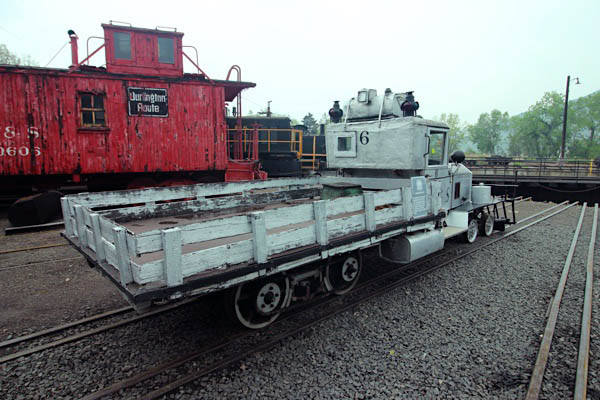
Golden, Co / May 2023 / RWH
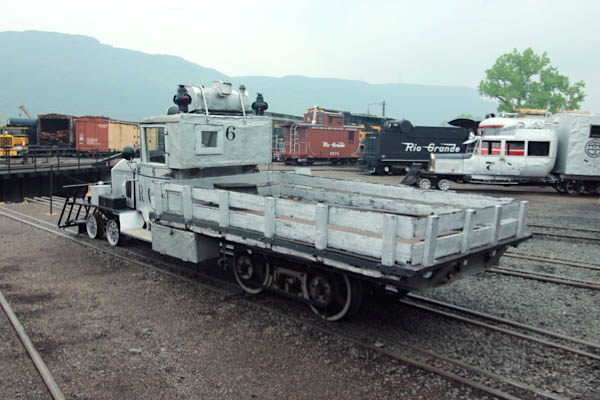
Golden, Co / May 2023 / RWH
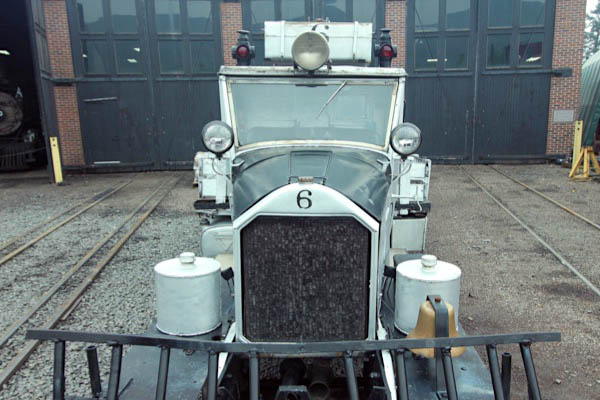

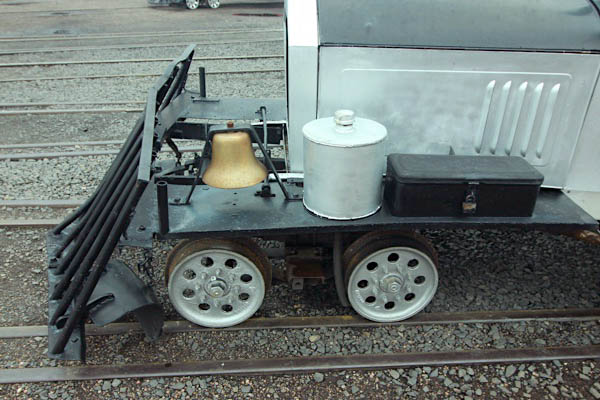

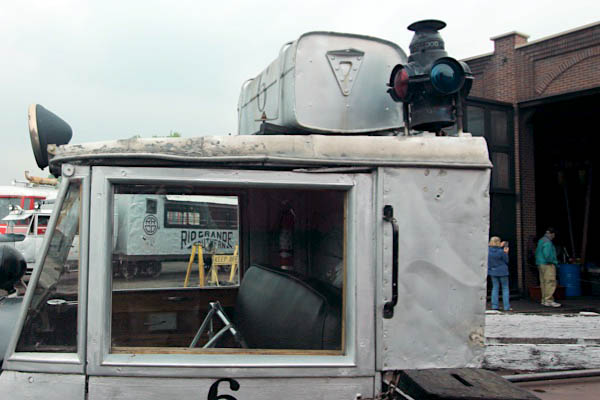
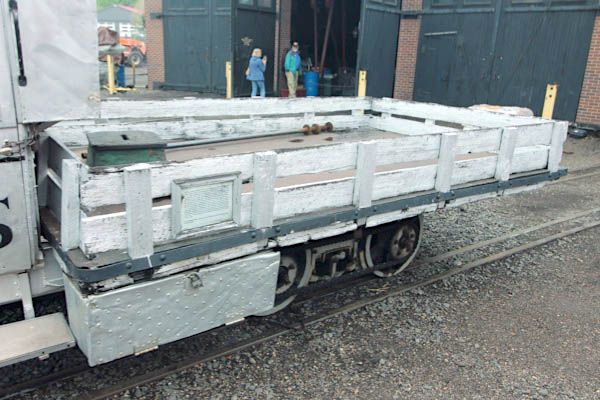
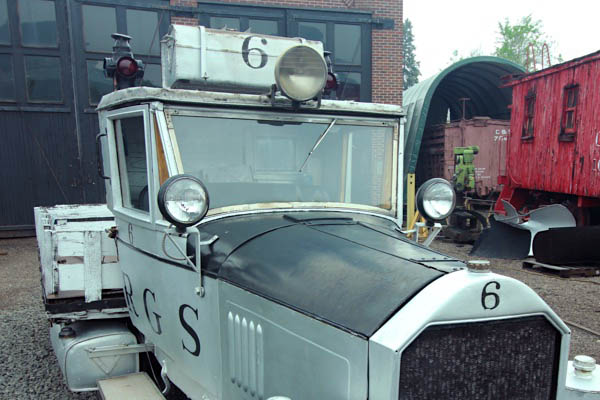
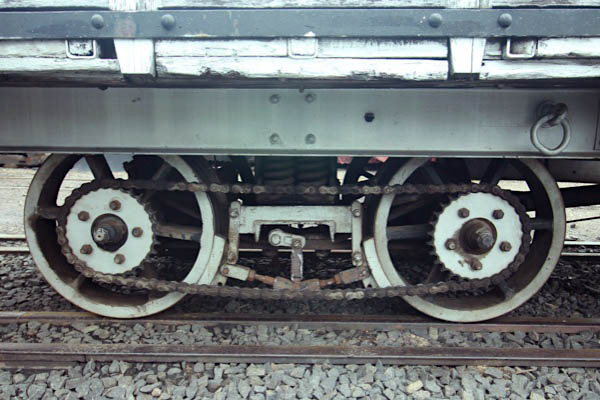
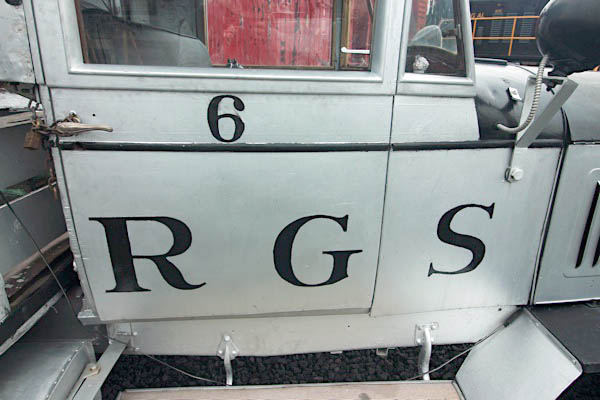
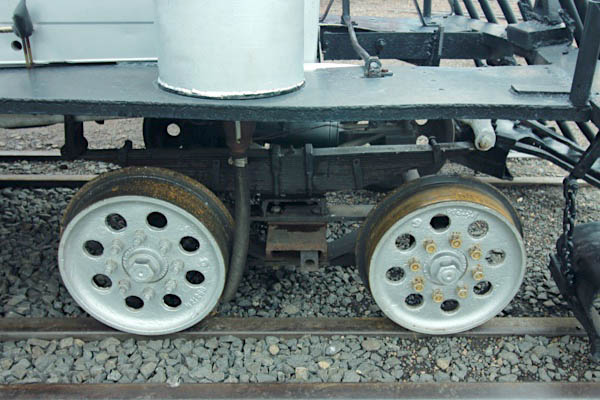
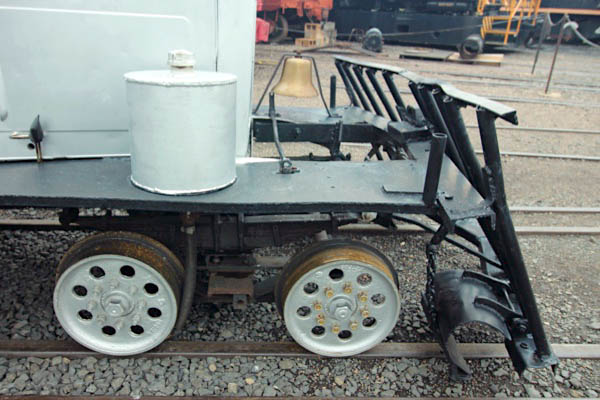
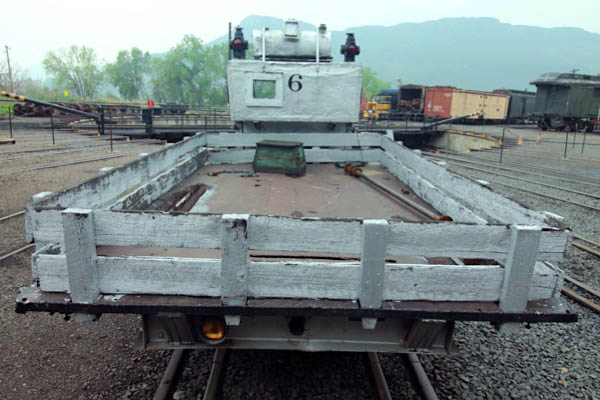
May 2023 / RWH
Goose #7

Rio Grande Southern #7
Golden, Co / May 2023 / RWH


Rio Grande Southern #7
to Colorado Railroad Museum


May 2023 / RWH
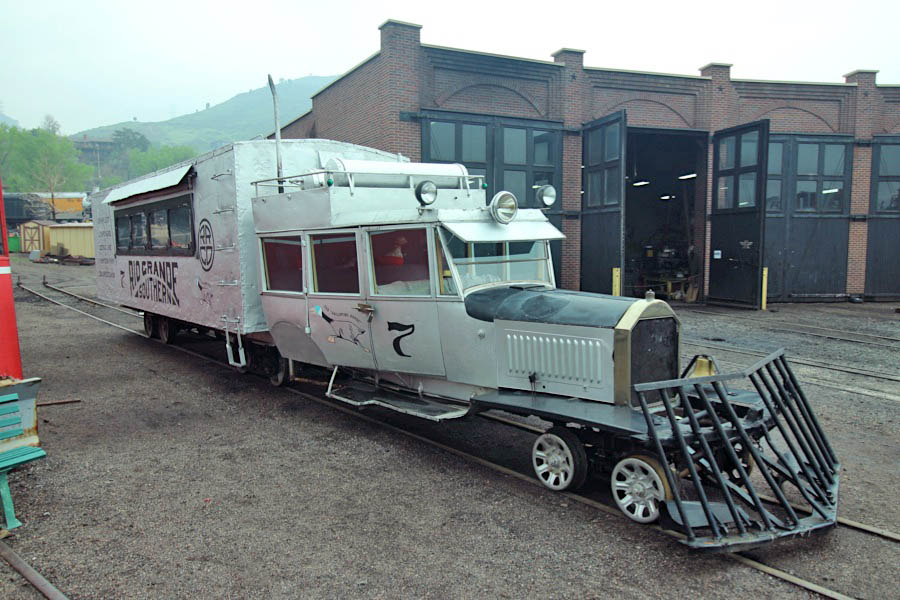
Golden, Co / May 2023 / RWH
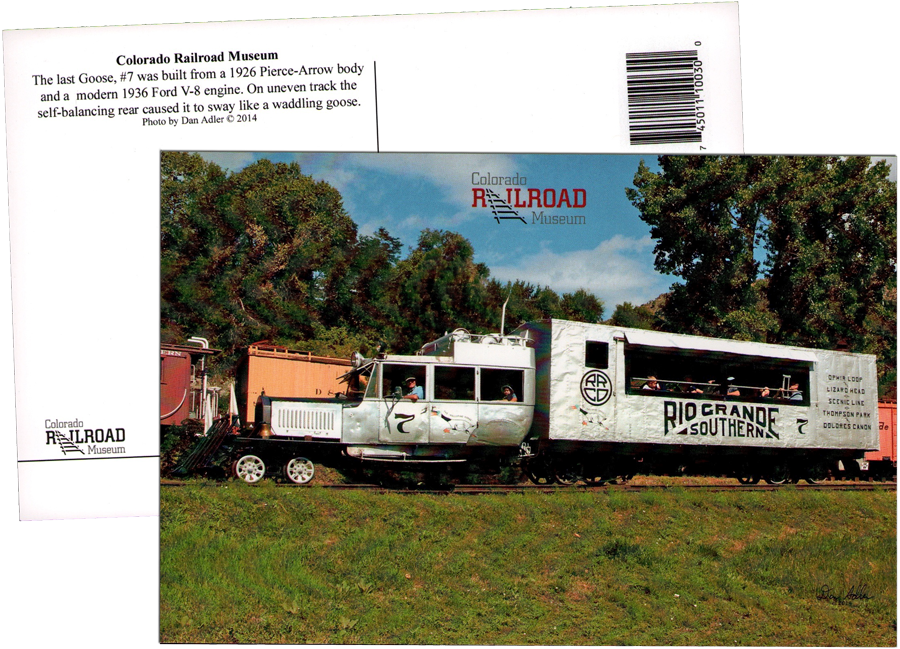
postcard / collection
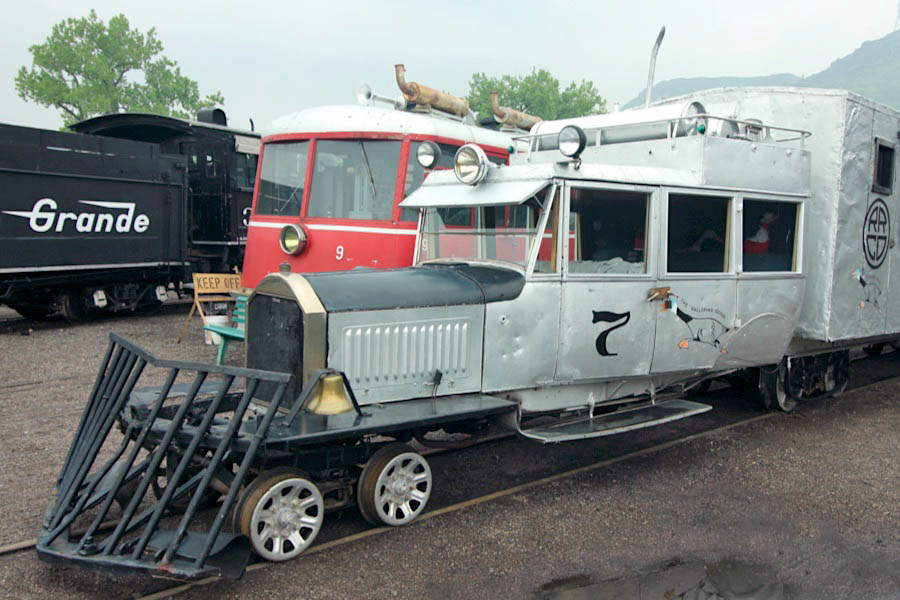
May 2023 / RWH
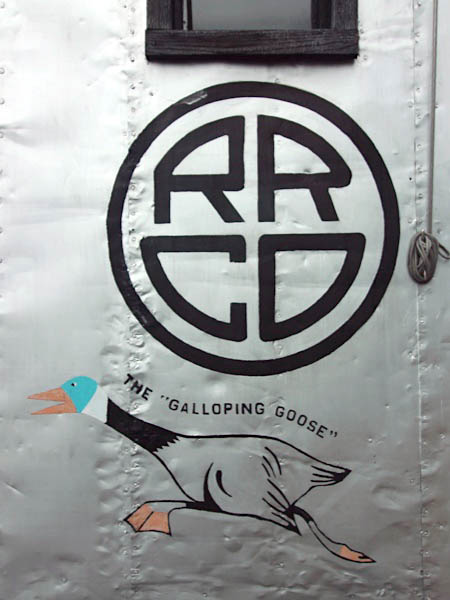
May 2023 / RWH
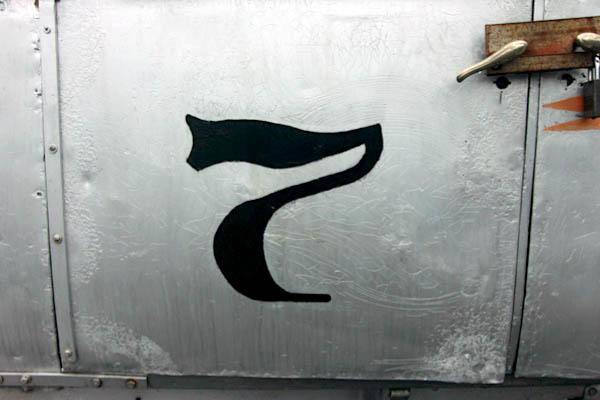
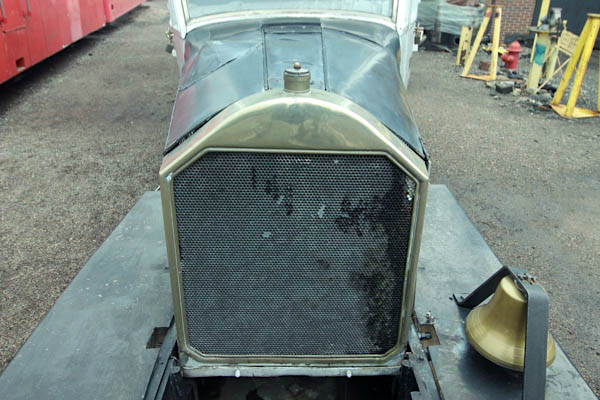
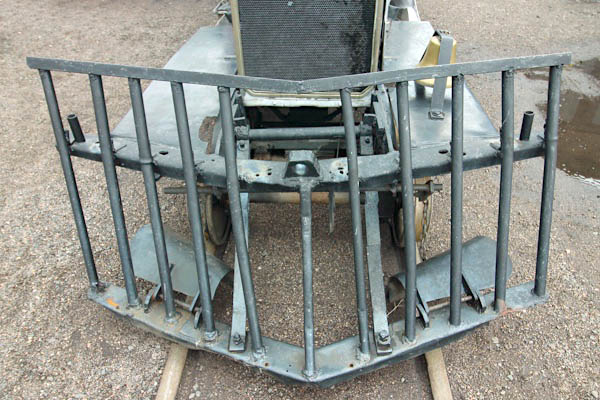
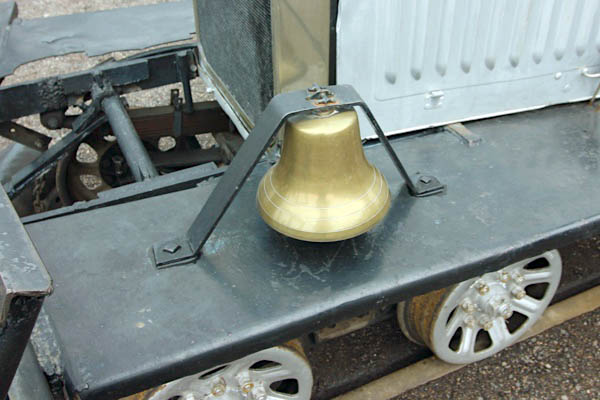
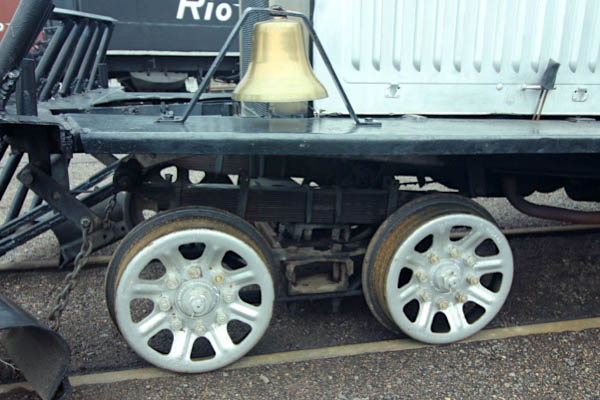
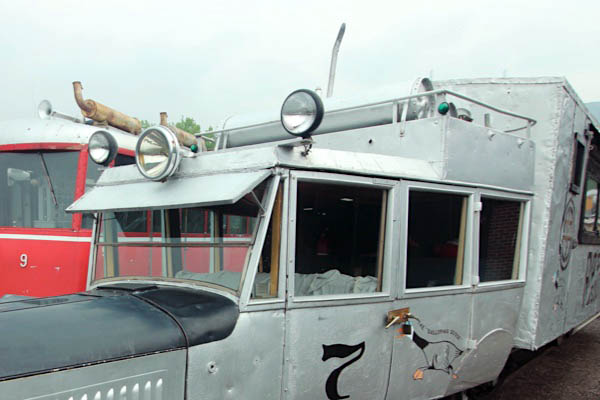
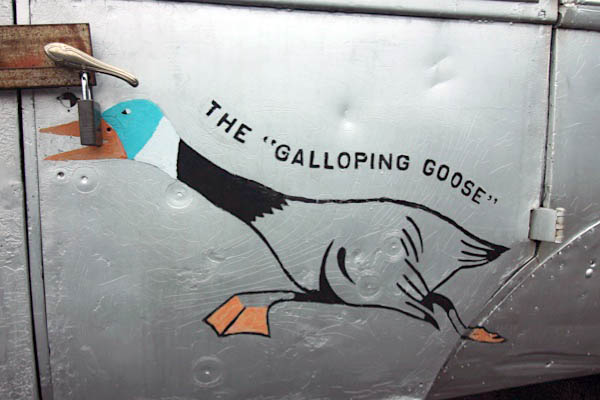


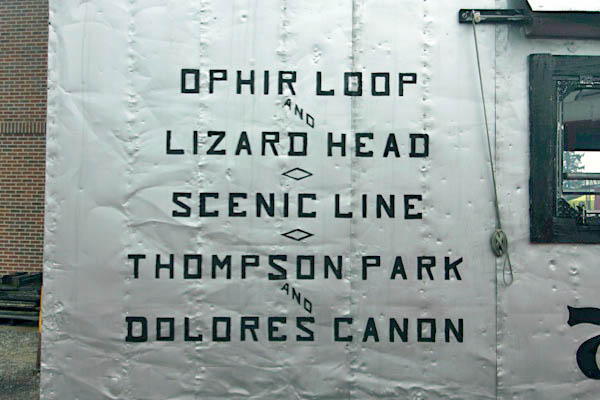
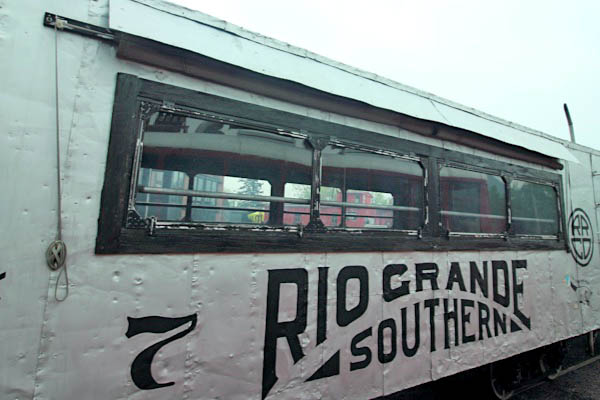
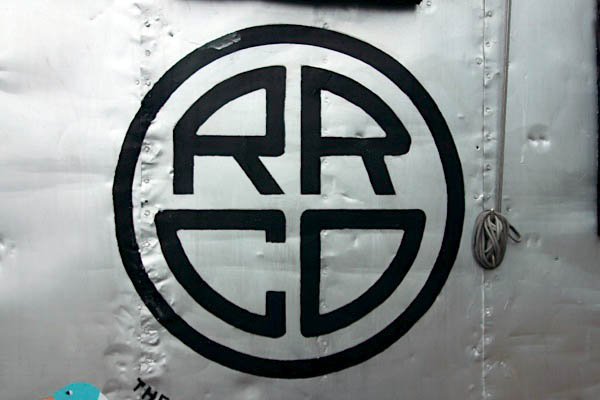
May 2023 / RWH

May 2023 / RWH

 hroughout the Great Depression, World War II and all the way to abandonment in 1952, the RGS continued to operate steam engine powered trains on an irregular schedule as needed for hauling heavy freight and livestock shipments. However, by mid-1933, a Motor – a Galloping Goose – was used for hauling most passengers, small amounts of freight and the U.S. Mail.
hroughout the Great Depression, World War II and all the way to abandonment in 1952, the RGS continued to operate steam engine powered trains on an irregular schedule as needed for hauling heavy freight and livestock shipments. However, by mid-1933, a Motor – a Galloping Goose – was used for hauling most passengers, small amounts of freight and the U.S. Mail.
From 1891 until 1933, the RGS carried passengers and mail in coaches and mail cars on regularly scheduled passenger trains. After 1933, the only choice for folks traveling through far southwestern Colorado by rail was the not-so-spacious accommodations of a waddling, honking Galloping Goose. Sometimes the ride included such entertainment as going over the top of Lizard Head Pass in a blinding blizzard in an unheated Goose or waiting somewhere along the line for floodwaters to subside, but in most cases it was “the only way to fly.”
After World War II, the old muddy wagon roads slowly became the more like highways, and trucks and passenger buses began to rob the railroad of business. In 1950, the federal government did not renew the U.S. Mail contract with the RGS and financially, that was the last straw. Tourist passenger traffic during the summers of 1950 and 1951 did not generate enough revenue to keep the failing railroad alive.
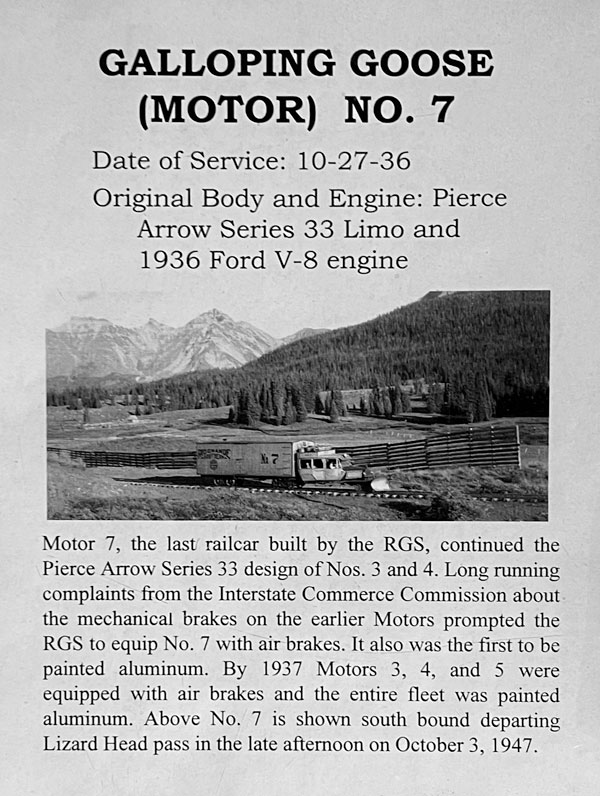
collection
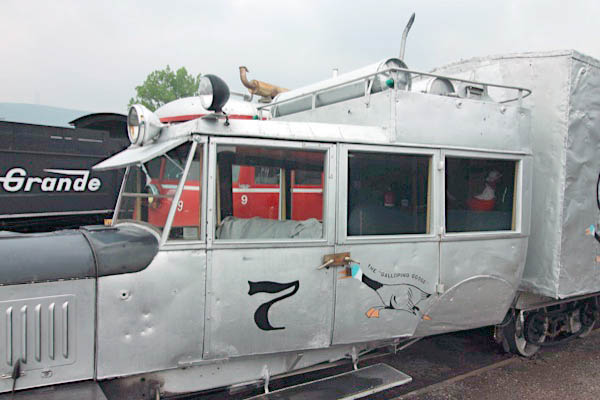
May 2023 / RWH
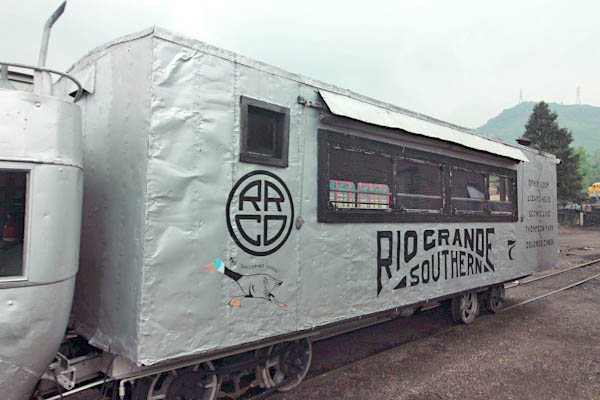
May 2023 / RWH
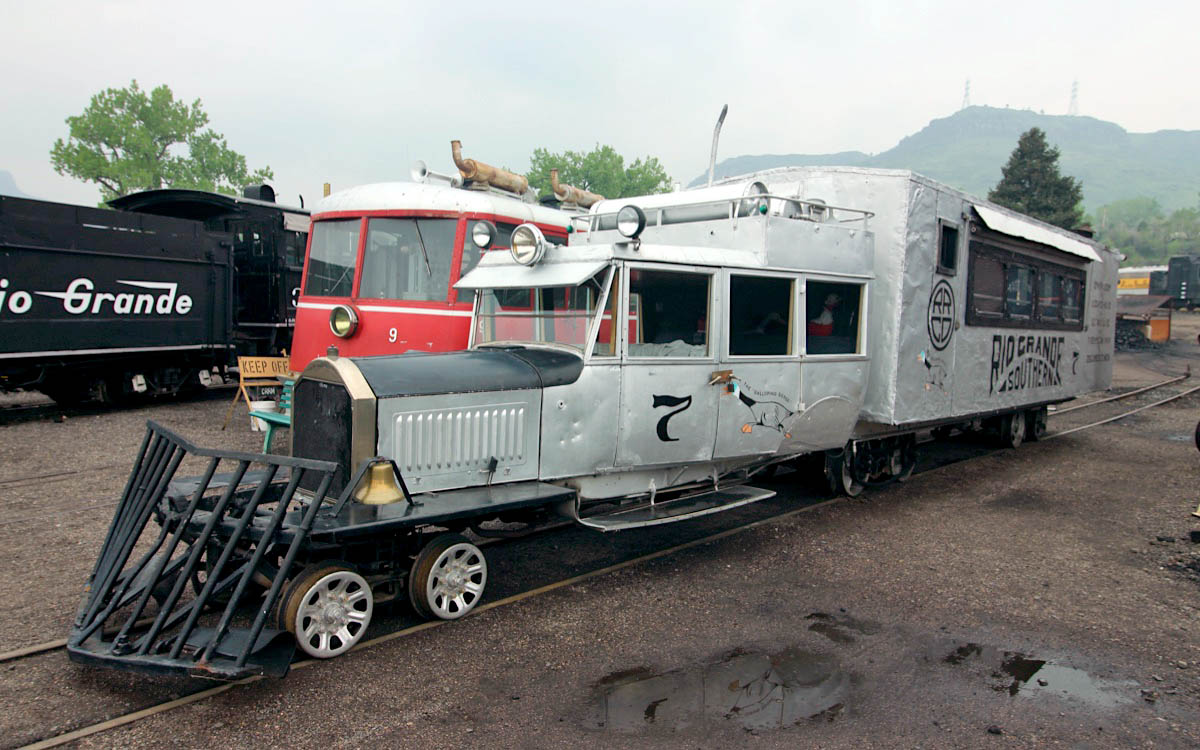
Golden, Co / May 2023 / RWH
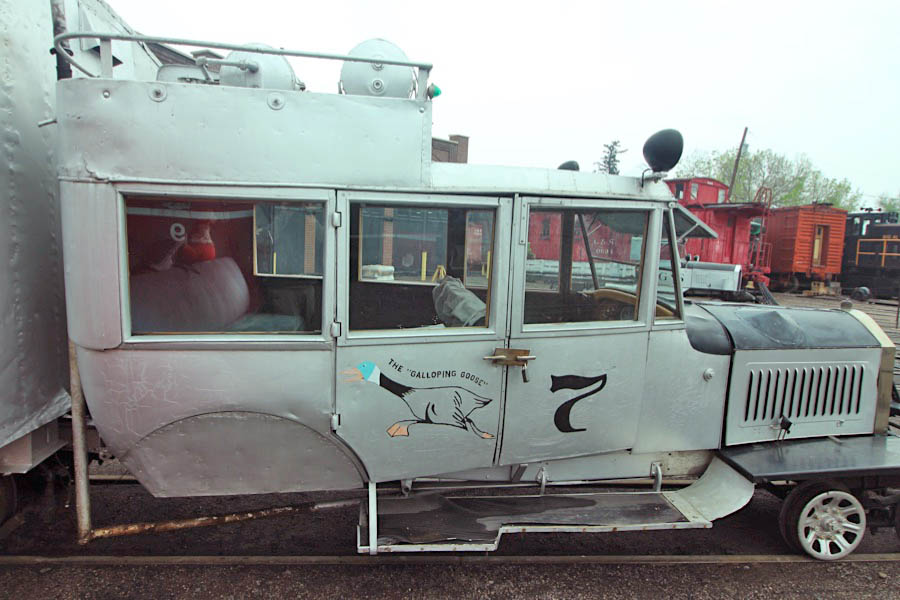
May 2023 / RWH
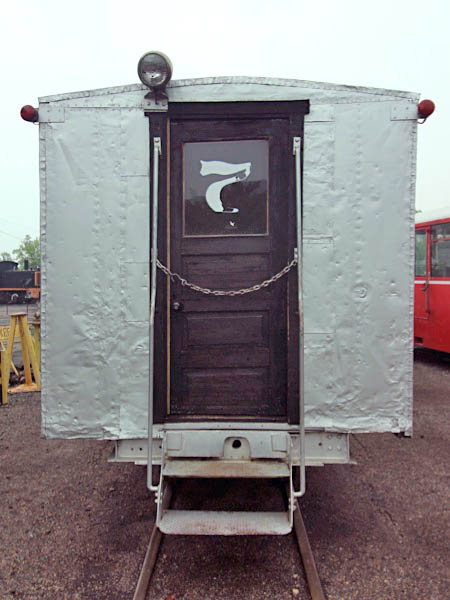
May 2023 / RWH
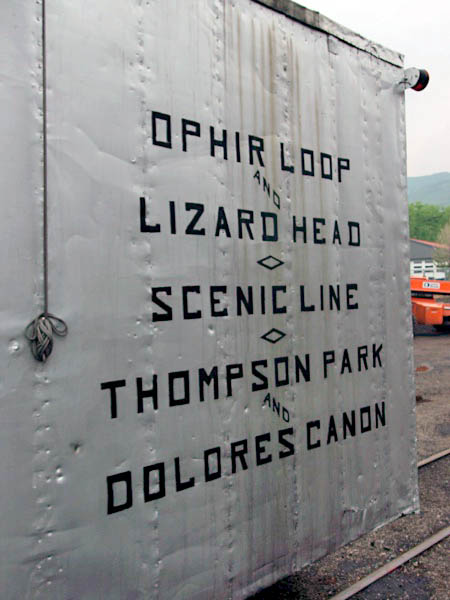
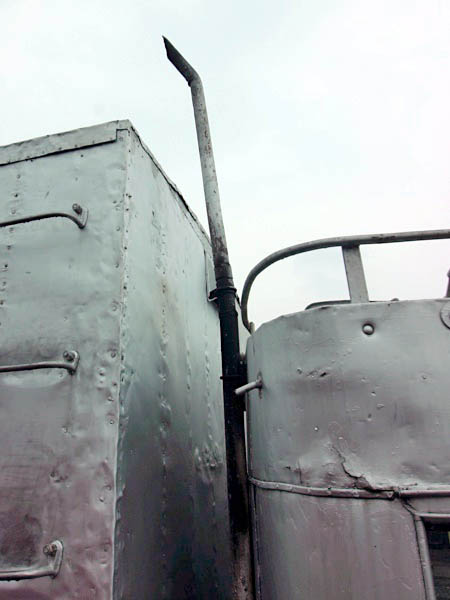
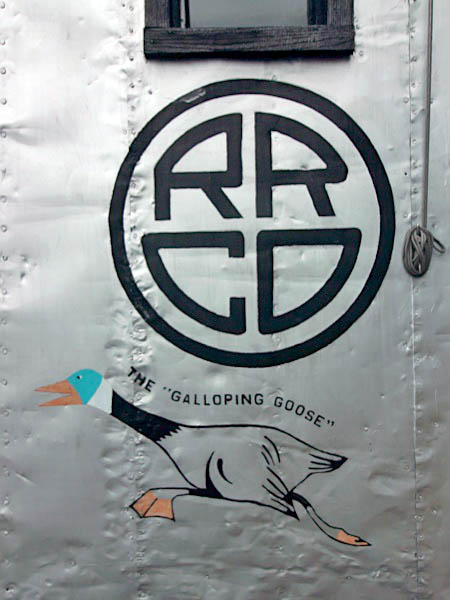
May 2023 / RWH

See also our complete Colorado Railroad Museum featured scrapbook in Preservation
 All time Rio Grande Southern Galloping Goose roster
All time Rio Grande Southern Galloping Goose roster

